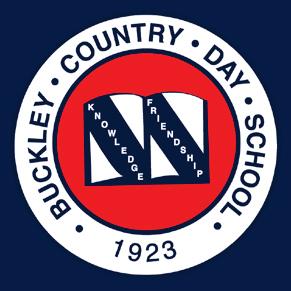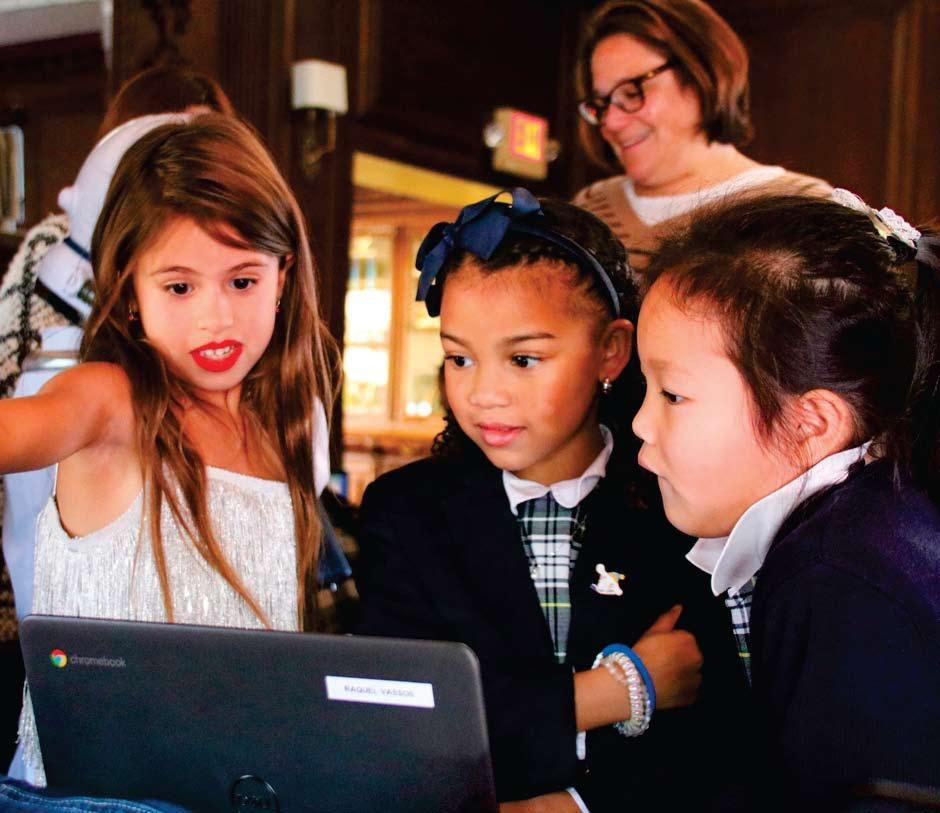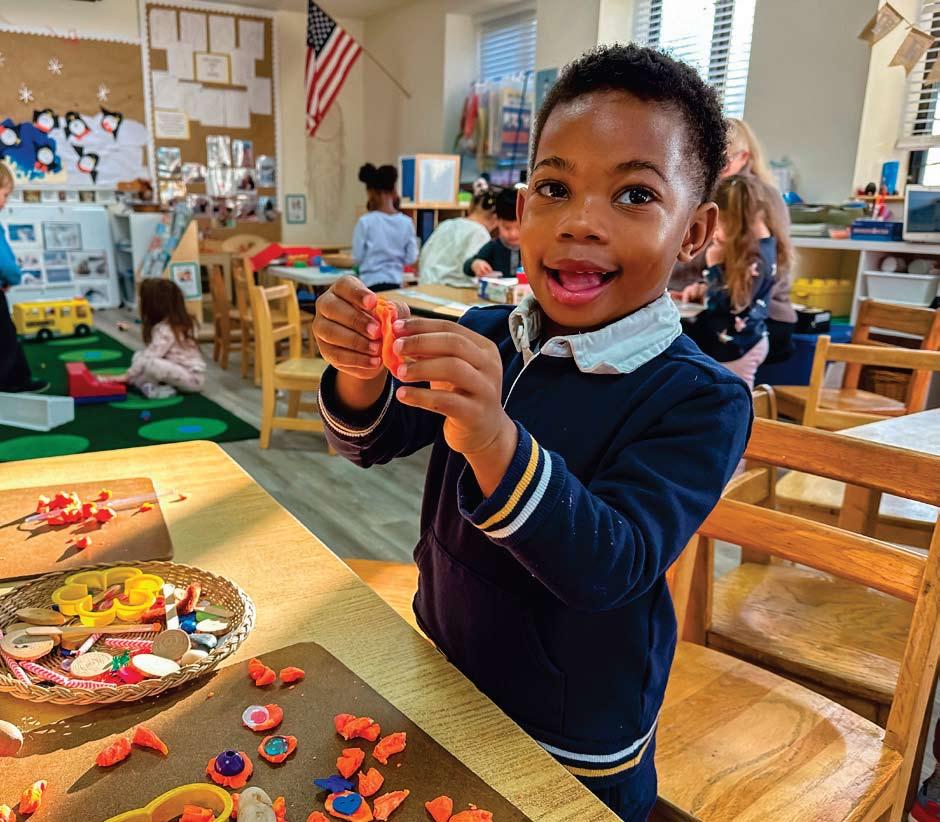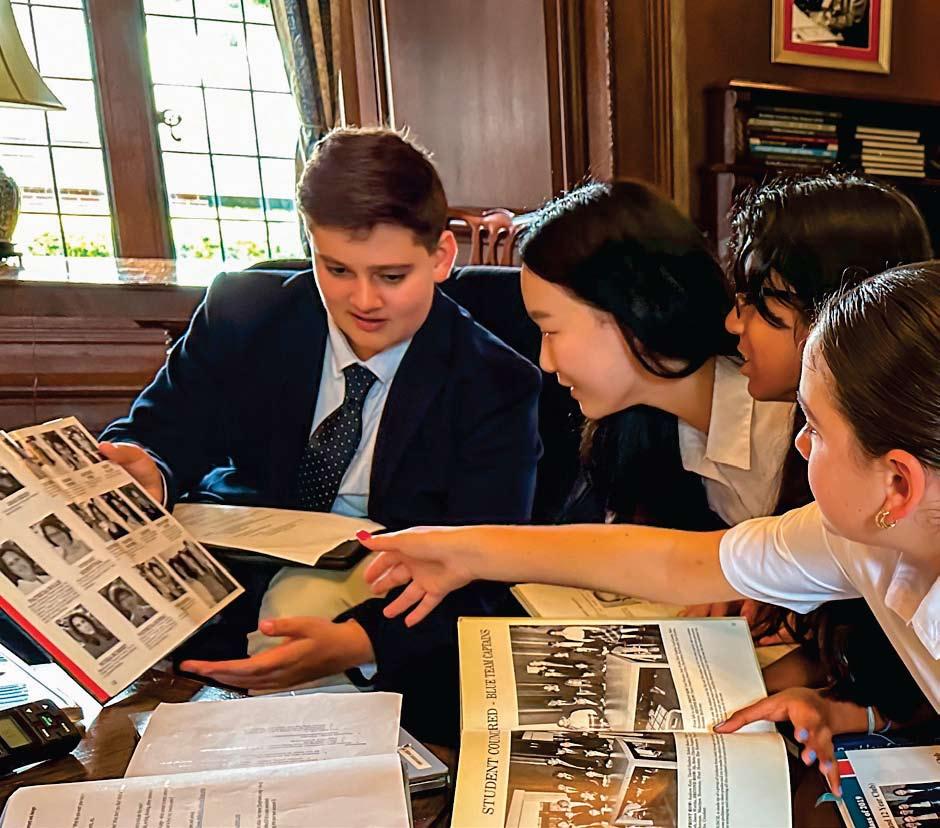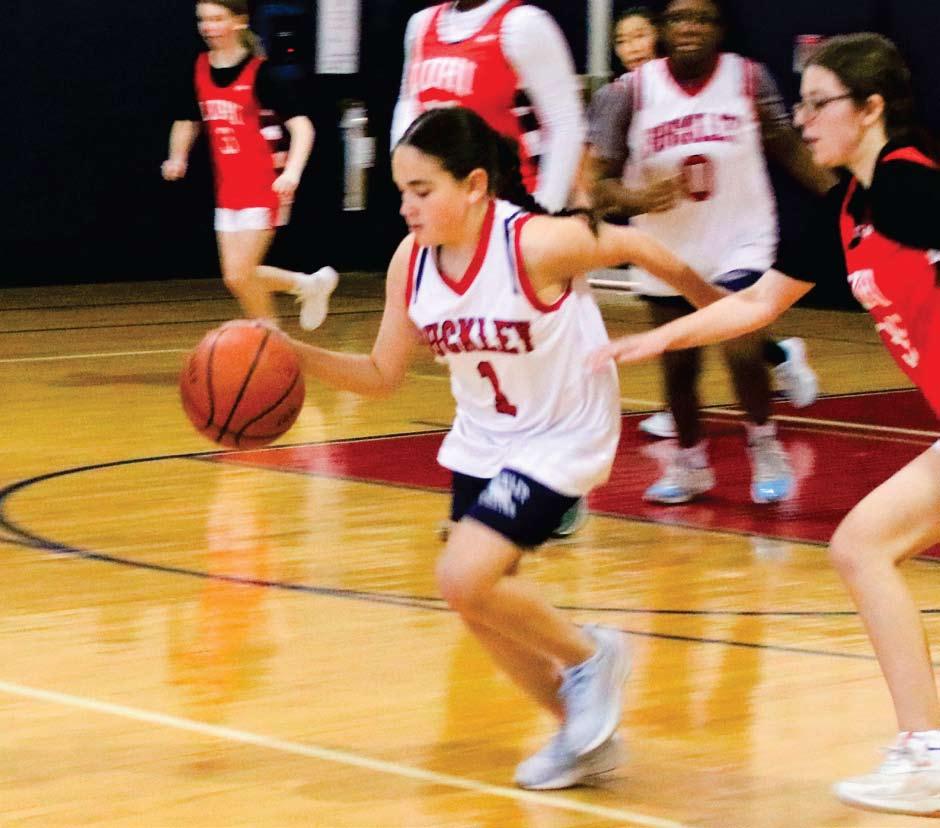
REGISTER BY APRIL 26 & SAVE 10%!



REGISTER BY APRIL 26 & SAVE 10%!

Registration is now open for all YMCA Summer Camps in Queens. Summer is a launchpad for the wildest adventures and the best memories. At the Y, every splash is a thrill, every moment a story, and every friendship a bond to last a lifetime. It’s a place where imaginations soar, curiosities reign, and every child discovers a summer made just for them.
WHY FUN RULES AT SUMMER CAMP:
• A place where every kid belongs
• Where friends & memories are made every day
• 100+ years of awesomeness
• The Y’s caring, trained staff make for happy parents
All Queens YMCA branches are hosting open houses from 10 AM – 12 PM on APRIL 5, APRIL 26, and MAY 10.
EARLY BIRD & SIBLING DISCOUNTS AVAILABLE. SAVE UP TO 10%!
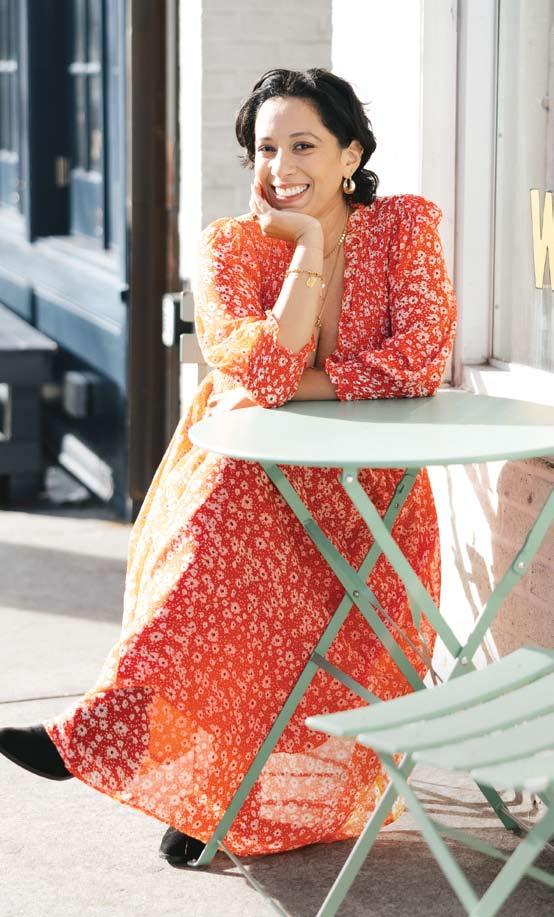

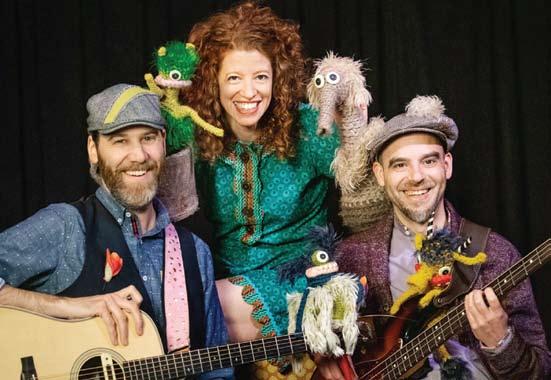

Produced
Jeannine Cintron
March is finally here, and after several frigid months of bundling up, we can finally start shedding some layers for spring! The days are getting longer, the sun is shining a little brighter, and there’s an unmistakable energy in the air that signals fresh starts and new beginnings.
March marks Women’s History Month, and we’ve put together a list of 16 must-read books (page 10) that celebrate the incredible women who have shaped our world. Whether you’re reading with your little one or looking for your next inspiring read, this list has something for everyone.
Believe it or not, summer is right around the corner, which means it’s time to start thinking about camp! These days, summer camps have evolved (page 6) way beyond the traditional sleepaway experience—now, there are options for every interest, from STEAM and academic-focused camps to creative arts and outdoor adventures. Check out our Summer Camp Directory to find the perfect match for your child (page 16).
If you’re making school decisions, we’re diving into the benefits of charter schools (page 12) plus we’ve got expert-backed tips for a successful parent-teacher conference (page 8). We’re also spotlighting The Lost Stuffy Project, a heartwarming initiative that helps reunite kids with their lost stuffed animals (because we all know how big a deal that can
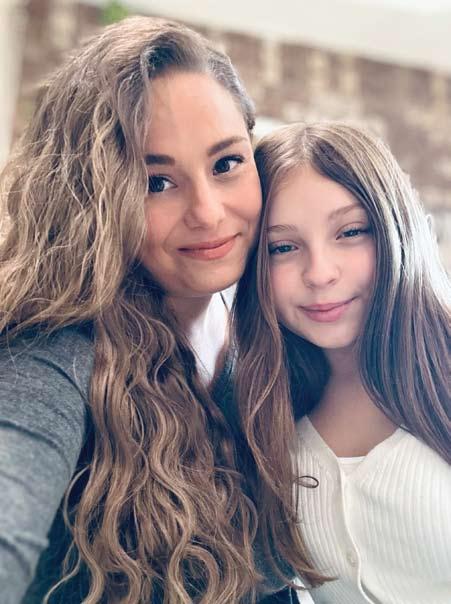
be!). And for a meaningful family outing, don’t miss Anne Frank: The Exhibition (page 24), a powerful way to connect with history together.
Lastly, our cover mom is Bronx mom of three Rosdaly Ramirez (page 26), who gets real about career shifts, the beauty of babywearing, navigating life as a stay-athome mom, and the importance of finding her village. Her journey is a great reminder that there’s no one-size-fits-all approach to motherhood, and support makes all the difference.
Jeannine
Share your feedback and ideas about family life in New York!
Email us at editorial@newyorkfamily.com and tag us at #newyorkfamily
Pu B li S her: Clifford Luster
editorial director: Jeannine Cintron
aSSociate Pu B li S her: Erin Brof
adverti S in G d irector: Stacie Goldberg
d e P uty e ditor: Danielle Ramos
editor-at-larGe: Donna Duarte-Ladd
e vent S manaG er: Shara Levine
Senior d i G ital e ditor: Thalia Fernandez
e ditorial aSS i S tant: Alexa Lutter
Partner S hi P manaG er S : Lauren Alperin, Lauren Anchin, Joan Bergman, Mary Cassidy, Suzanne Cirigliano, Chris Cunnington, Lori Falco, Kent Foglia, Shelli Goldberg-Peck, LynnMarie Hanley, Lisa Herlihy, Nicole Miller, Janine Mulé, Nina Spiegelman, Gwen Tomaselli
marketin G & Strate Gy d irector: Rosalia Bobé
marketin G & e vent S aSS i S tant: Ashley Rivera
Sale S & marketin G a SS i S tant: Elana Cantor
marketinG aSSiStant: Lorens Morris
m edia Sale S aSS i S tant: Ruston Ropac
art d irector: Leah Mitch
we B d evelo P er: Sylvan Migdal
Gra P hic d e S i G ner S : Arthur Arutyunov, Connie Sulsenti
e ditorial contri B utor: Mia Salas
ConTaCT inFoRmaTion
adverti S in G: (718) 260-4554
Advertising@NewYorkFamily.com circulation: (718) 260-8336
Tina@NewYorkFamily.com
addre SS : New York Family Media/Schneps Media 15 MetroTech Center, Seventh Floor Brooklyn, NY 11201
Pre S ident: Victoria Schneps-Yunis ceo : Joshua Schneps coo : Clifford Luster

New York Family is the recipient of 12 Parenting Media Awards in 2024, including General Excellence, as well as several Gold Awards in Editorial and Design for our website, e-newsletters and monthly print publication.
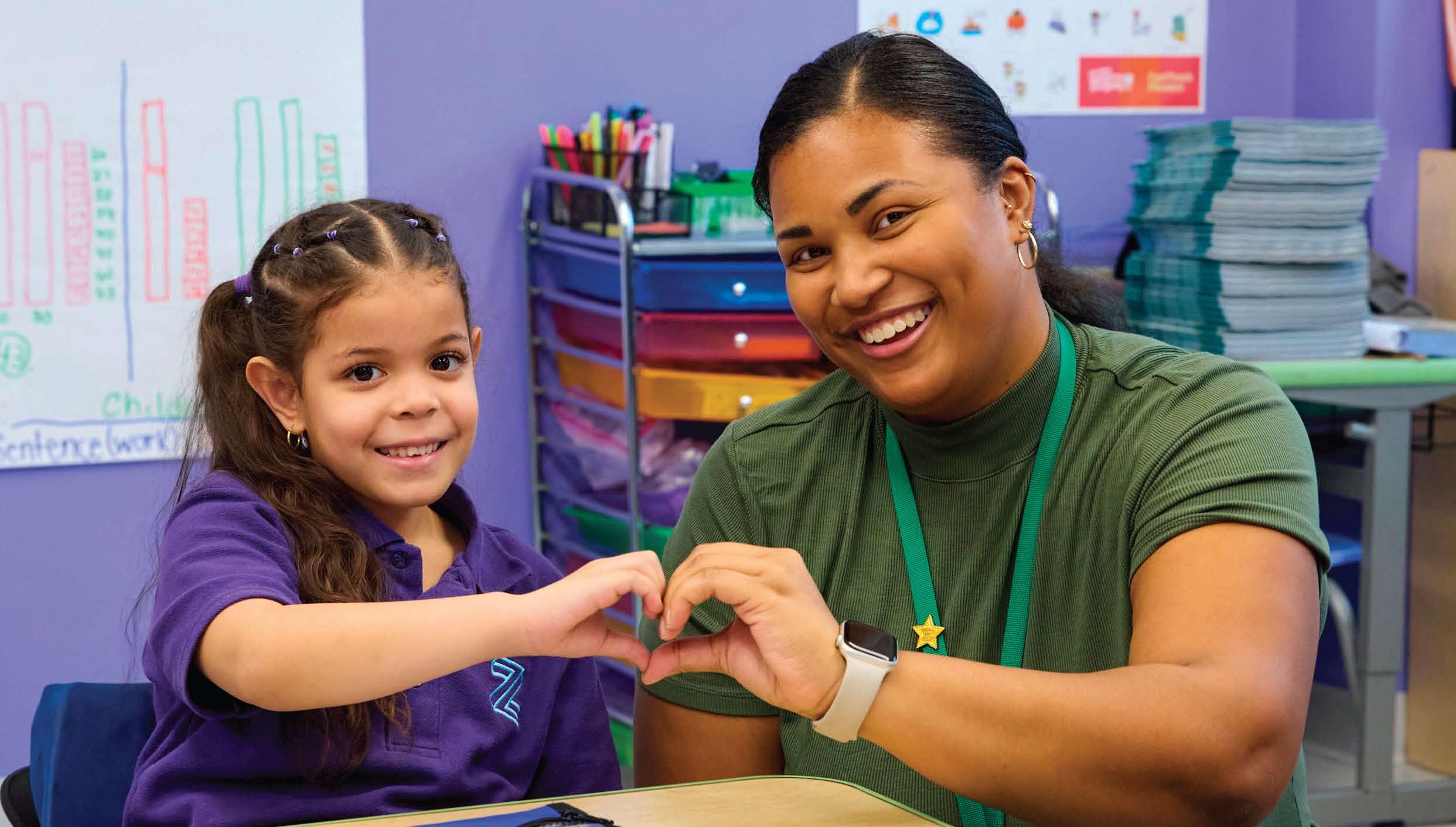

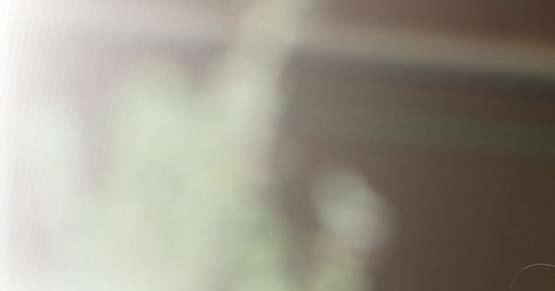
BY NEW YORK FAMILY
Summer camps have long been a cherished tradition for children and teens, offering a unique blend of adventure, camaraderie, and personal growth. However, the concept of summer camp has evolved significantly since its inception, reflecting changes in society, technology, and cultural values. From their humble beginnings in the late 19th century to the diverse and innovative programs of today, summer camps have continually adapted to meet the needs and interests of new generations.
The first organized summer camps emerged in the United States in the late 1800s, during a time of rapid industrialization and urbanization. As families moved to cities, concerns grew about the impact of urban life on children’s health and well-being. Camps were initially designed as a way to reconnect kids with nature, promote physical activity, and instill values like selfreliance and teamwork.
One of the earliest camps, the Gunnery Camp, was founded in 1861 by Frederick W. Gunn in Connecticut. It was a simple, rugged experience focused on outdoor activities like hiking and fishing. By the early 20th century, the summer camp movement had gained momentum, with organizations like the YMCA and the Boy Scouts establishing camps across the country. These early camps were often rooted in military-style discipline and emphasized character-building through structured activities.
The mid-20th century is often considered the golden age of summer camps. During this time, camps became more accessible to middle-class families, and their popularity soared. Traditional camps offered a mix of outdoor adventures, sports, arts and crafts, and campfire rituals. Activities like canoeing, archery, and horseback riding became staples of the camp experience.
Camps also began to reflect broader societal trends. For example, the post-World War II era saw an emphasis on teamwork and patriotism, while the 1960s and 1970s brought a focus on individuality and self-expression. Specialty
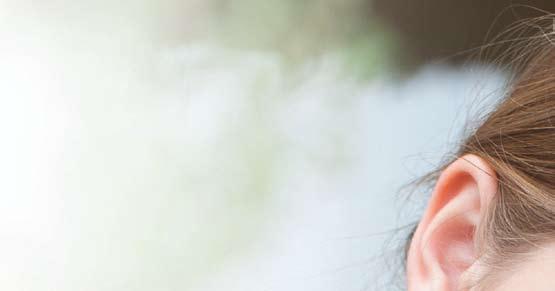
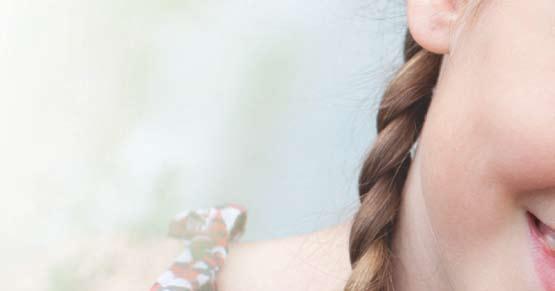
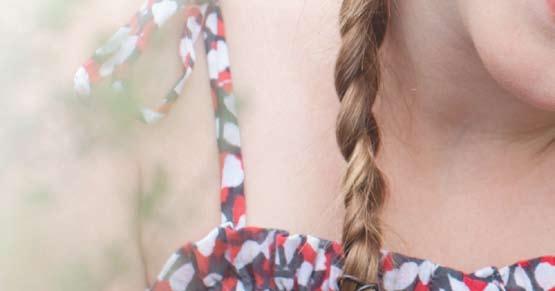
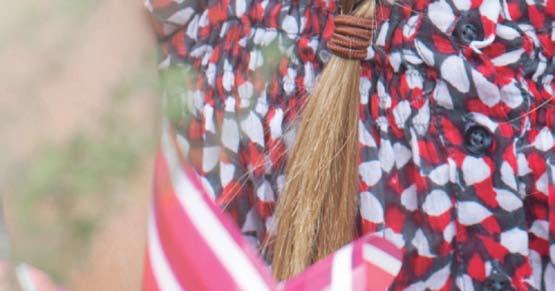
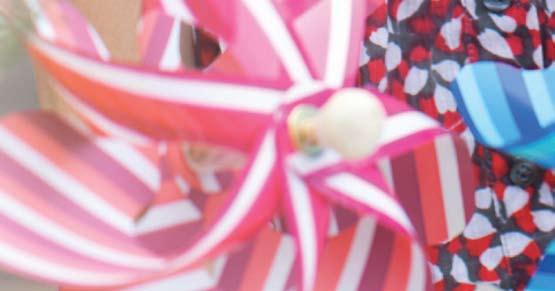
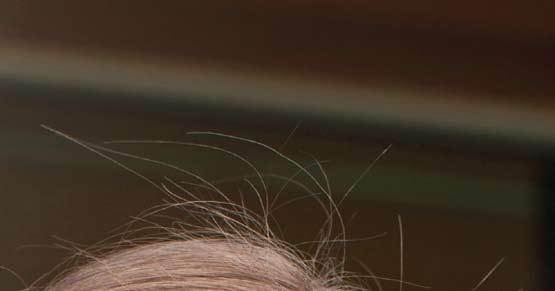
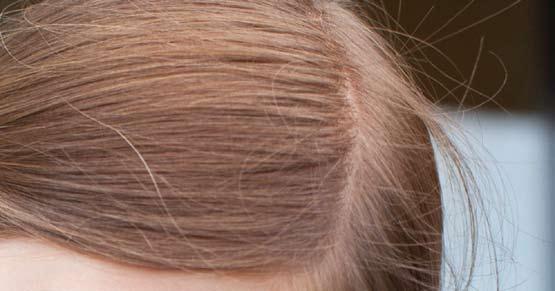

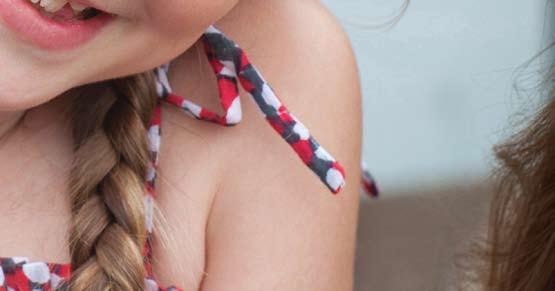
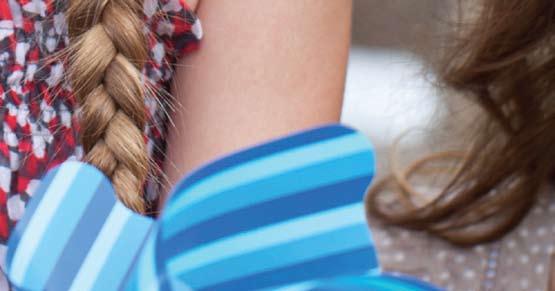
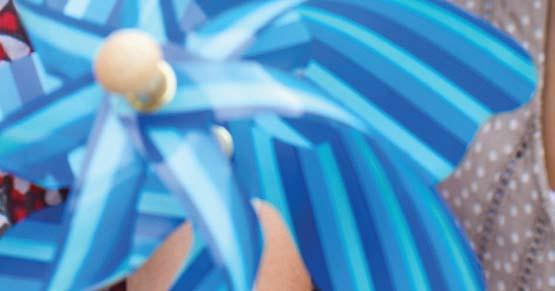

camps, such as those focused on music, science, or sports, started to emerge, catering to specific interests and talents.
In recent decades, summer camps have continued to evolve, driven by changes in technology, parenting styles, and cultural values. One of the most significant shifts has been the rise of specialty and themed camps. Today, campers can choose from a wide range of options, including coding camps, space exploration camps, and even culinary camps. These programs reflect the growing demand for experiences that align with children’s passions and future career aspirations.
Technology has also made its mark on the camp experience. While many camps still emphasize unplugging and connecting with nature, others have embraced technology as a tool for learning and creativity. For example, some camps now incorporate robotics, video game design, or digital storytelling into their programs.
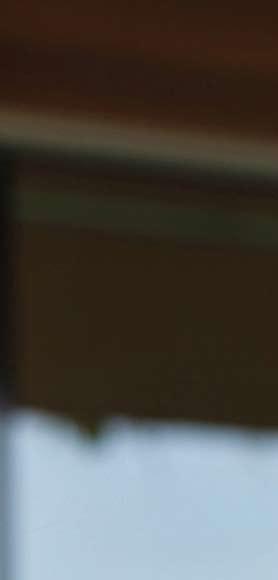
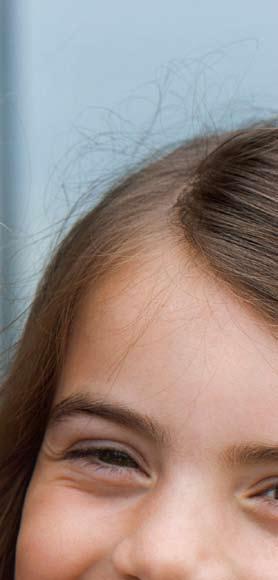


Another important development is the increased focus on inclusivity and diversity. Modern camps strive to create welcoming environments for campers of all backgrounds, abilities, and identities. Many camps now offer scholarships, adaptive programs for children with disabilities, and culturally sensitive activities that celebrate diversity.
Despite these changes, the core essence of summer camp remains the same: it’s a place where kids can explore, grow, and create lasting memories. Whether it’s roasting marshmallows around a campfire, conquering a high ropes course, or simply making new friends, the magic of camp endures.
As we look to the future, summer camps will likely continue to evolve, incorporating new technologies and responding to societal shifts. Yet, one thing is certain: the spirit of camp—a place where kids can be themselves, try new things, and connect with others—will remain a timeless and cherished tradition.
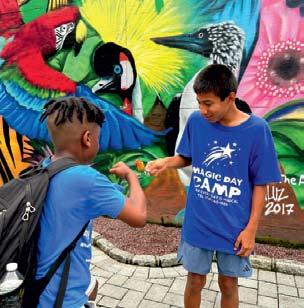
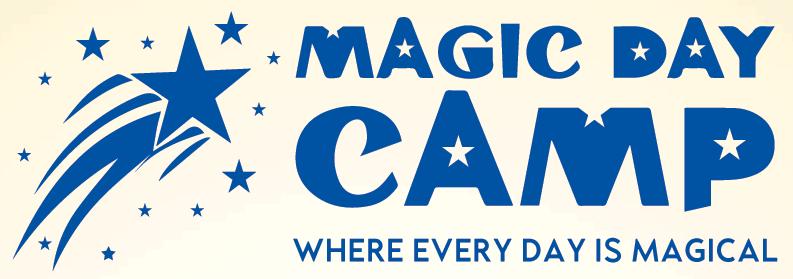
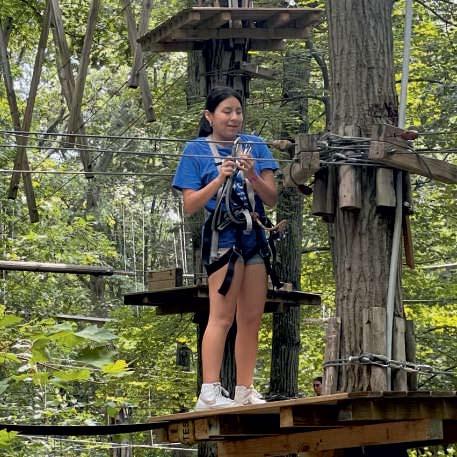
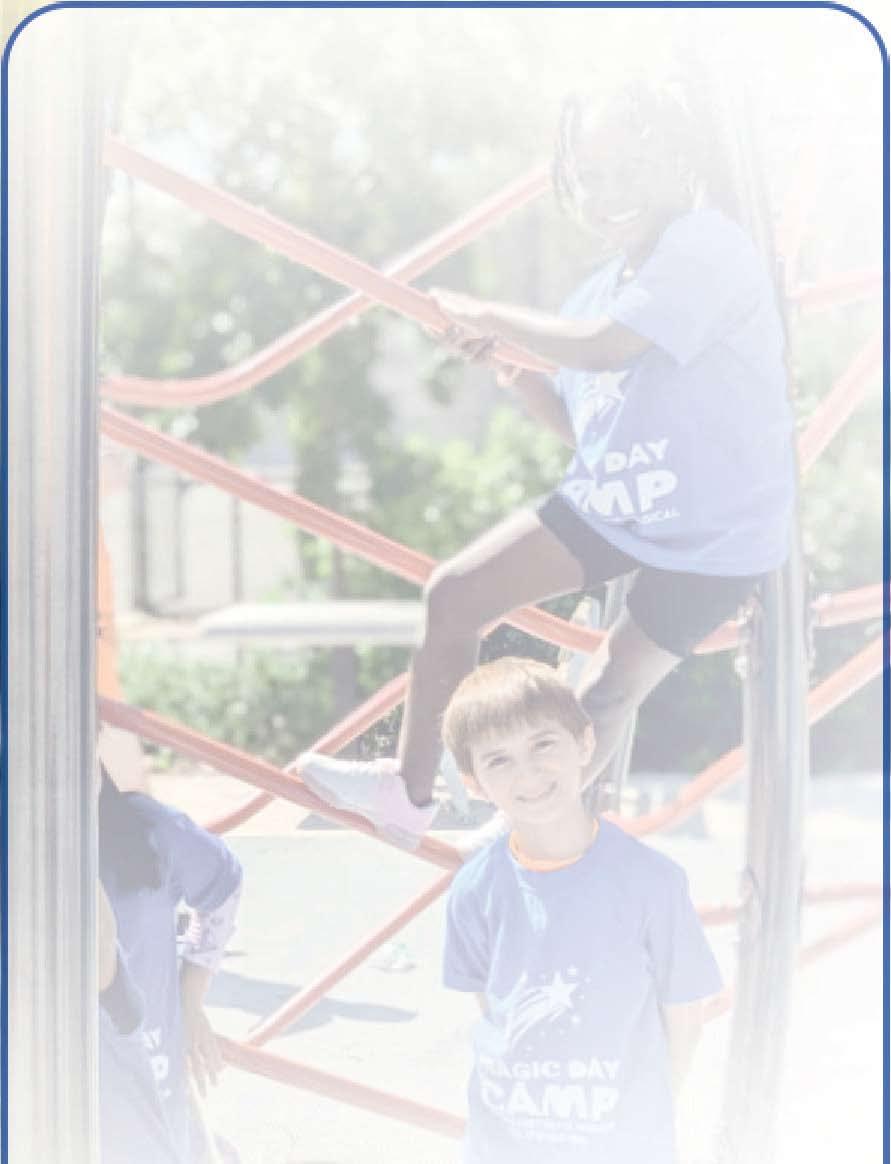

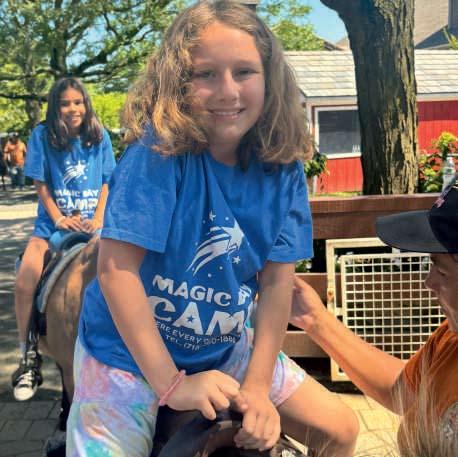
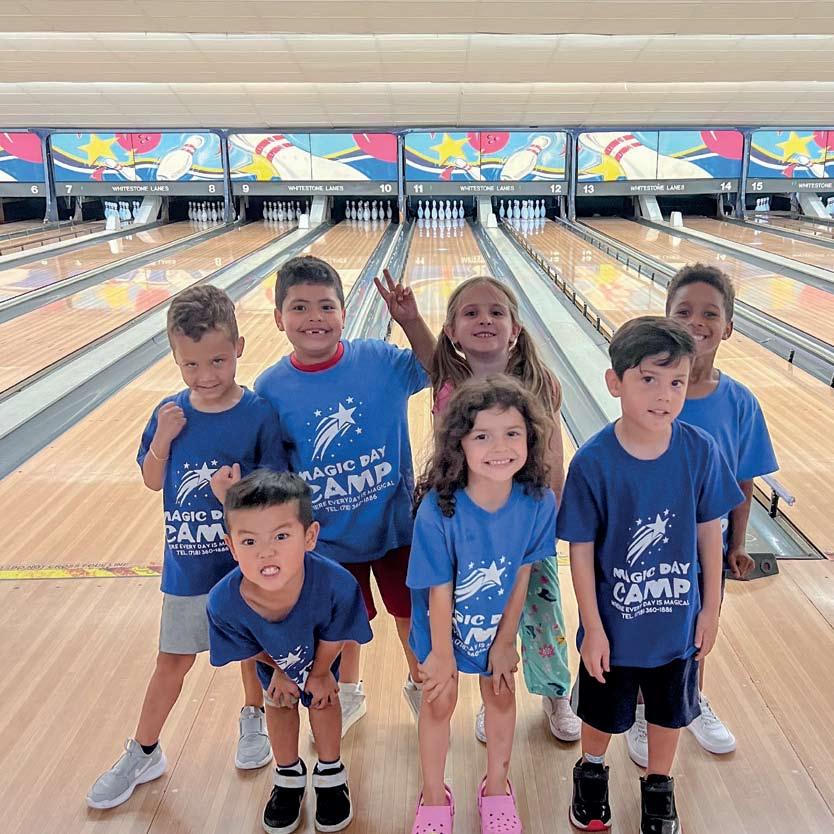
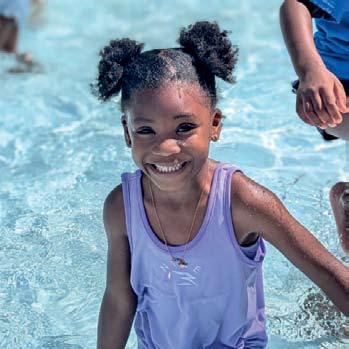
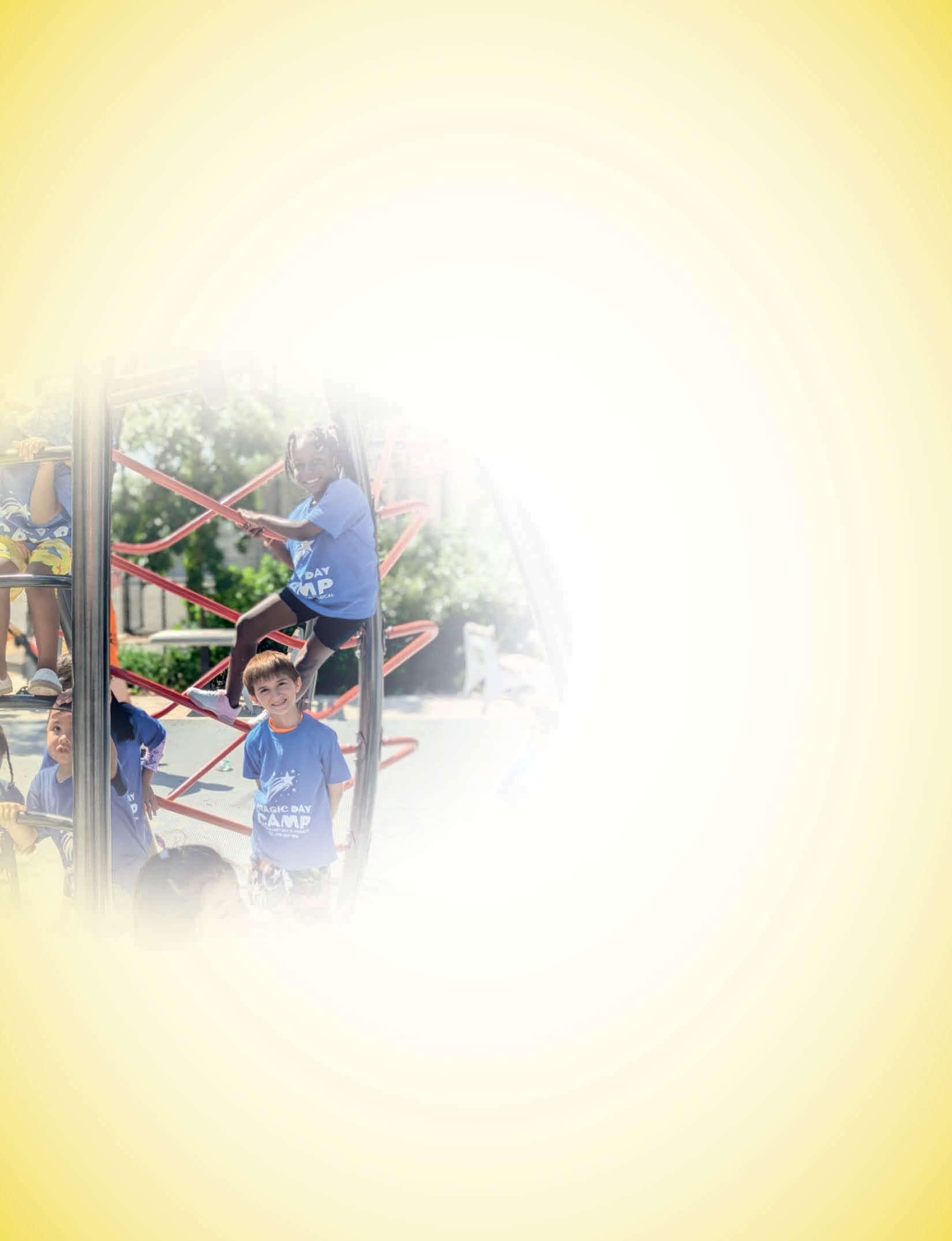
COME TO A MARCH OPEN HOUSE! Friday, March 14th, 6-9 PM Sunday, March 23rd, 2-6 PM
By BarBara russo
As the school year continues, many schools will hold one more parentteacher conference. As important as these meetings are, they’re sometimes unintentionally overlooked by parents. In fact, according to the National Center for Education Statistics, attendance for parent-teacher conferences falls dramatically through the grade levels—from 89 percent in K–2 to 57 percent in high school. Parents who don’t attend these meetings are missing out on pivotal information about their child’s school experience, experts say.
“These meetings help you understand what your child is learning at school, their academic and social-emotional progress and what you can do to support them,” the NYC Department of Education’s website states. “If your child is having particular difficulties, parent-teacher conferences also give you and the teacher time to plan how you can both help them best.”
Jamie Sandoval, project manager at AVID, a nonprofit that provides resources for schools and students, agrees. Parents who meet with their child’s teacher get a good understanding of their child’s progress in the classroom.
“Parent-teacher conferences allow us to immerse ourselves into a child’s whole school experience, while connecting with teachers, arguably some of the most influential people in a child’s life,” Sandoval said. “Too often both parents and teachers feel like they are working alone. These discussions not only help us as parents understand our child’s education, but also bond and build a strong relationship with their teachers. There is strong research that when both parents and teachers develop a strong relationship, the child is more likely to have improved academic achievement, social competencies and emotional well-being.”
The Parent-Teacher Conference: Elementary Vs High School Reports have shown that once a child reaches

high school, the number of parents going to open school nights drops. But Sandoval said parents shouldn’t discount the value of these conferences. If anything, these meetings get more important over time.
“Similar to conferences in elementary school, communicating with teachers can alert parents when their child is struggling, before the report cards hit home, or if they’re excelling in their class and need access to more rigorous content,” Sandoval said. “No matter what the situation is, parent-teacher conferences are a vital time of year that I encourage all parents to attend, from one dedicated parent to another.”
The art of successfully navigating a parentteacher conference can be challenging. But there are many ways parents can achieve this. For starters, the DOE website includes a conversation guide parents can use during these meetings. Sandoval, who’s a mom herself, also shared a few tips for achieving a successful parent-teacher meeting:
1. Get Organized: Set Yourself And Your Child Up For Success
Have a notebook or binder for all things school related. This will turn into a treasure
chest of gems over time and allow you the opportunity to teach your child important organizational habits that will only make them more successful as students and future employees.
Include contact information, dates, who was present for meetings, learning outcomes and next steps. Bring the same notebook to every conference. It shows commitment to your child’s learning journey.
If a teacher, administrator or any other school staff promises something, reach out if you don’t get movement. Log the interaction and follow-up as you need to. This notebook will have meeting dates, important notes, discussion points, and decisions logged. If you need to follow-up, this resource will make it so easy to communicate every decision up to this point.
2. Be Intentional: Give Your
Work with your child before the new school year to set goals, expectations and what they hope to accomplish. Create goals for the year. They don’t need to only be academic. Include a goal for extracurricular activities or friendships. This is a fun thing to do with your child, especially as you move from year-to-year reflecting, refining and creating new goals.
Elementary school students can begin with setting two or three goals a year. They can add to the number of goals as they progress to middle and high school. Collaborative goal setting allows the opportunity for meaningful and open conversations with your child about the things that matter most to them. Will it make the argument about homework disappear? Probably not. But it might make it an easier argument.
If there is something important to talk about with your child’s teacher, don’t wait for the school’s official parent-teacher conference dates to roll around. That schedule might not best meet the needs of your child. You can schedule a parent teacher conference anytime.
3. Language Matters: Choose Your Words Thoughtfully
Words matter because they convey emotions, ideas, and have different meanings for every person. Choose words that speak to collaboration and working as a team.
4. At Parent-Teacher Conferences, Sharing Is Caring
Take time to listen, really listen, to what this year’s teacher has to say. Their perspective is important because it is grounded in the present.
You have known your child longer and have a far better sense of who they are. Collaboration means sharing in the learning journey, learning what you can about your child from the perspective of their teacher is powerful. Take time to listen, really listen, to what this year’s teacher has to say. Their perspective is important because it is grounded in the present.
5. Trust Your Instincts: Be An Advocate For The Education Your Student Needs
As parents and guardians, we have the opportunity to be the adult we needed
someone to be for us. If something feels off, it probably is. Don’t be afraid to push a little. It’s okay to ask questions and to ask follow-up questions.
You can also volunteer or visit the classroom if possible. Find out what resources are available on campus, in the district or community. Also, use your parent-teacher conference as a time to ask for the things you or your student need, like tutoring, testing accommodations, technology or language translation for the conference.
More importantly than any of these tips, Sandoval said, is the reminder that parentteacher conferences are an opportunity to collaborate with your child and teachers about where they are finding success and where they need support.
“The K-12 learning journey is a process that takes many years and the support of lots of adults to get every student ready for life after they graduate from high school,” Sandoval said. “Whether you are just beginning this journey or well on your way, using this time to partner with the educators in your child’s life is time well spent.”

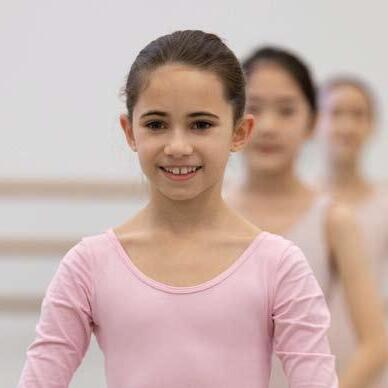
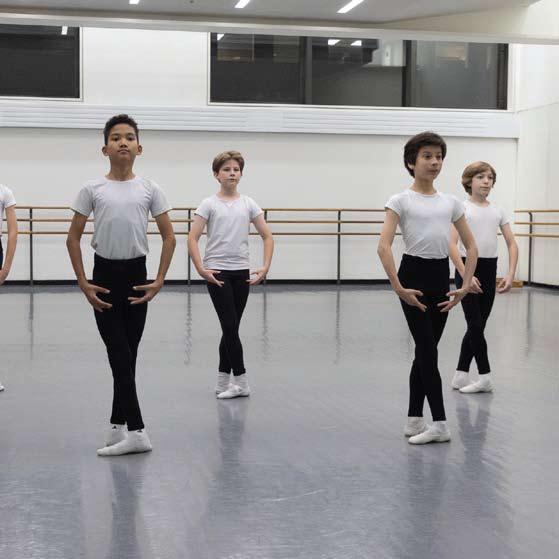

By Danielle Ramos
While every day is a chance to celebrate the achievements of inspiring women, Women’s History Month and International Women’s Day on March 8th offer a special opportunity to reflect on the groundbreaking contributions women have made throughout history. We’ve shaped the world in countless ways and continue to do so every day.
Take some time with your kids this month to explore the incredible stories of women who’ve made a lasting impact. Here are some amazing books for all ages to celebrate, learn from, and be inspired by the women who have made history!
Think Big, Little One by Vashti Harrison
Ages baby to 3 years
This board book version of Little Dreamers: Visionary Women Around the World introduces young kids to eighteen inspiring women, from artist Mary Blair to activist Wangari Maathai. With colorful illustrations and simple text, it encourages little dreamers to think big and believe in their own potential.
Kamala Harris: Rooted in Justice by Nikki Grimes, Illustrated by Laura Freeman
Ages 3 to 10
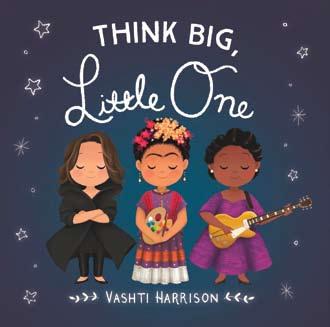
to becoming the first woman, first Black person, and first South Asian American Vice President of the United States. It’s an inspiring story of perseverance and justice.
She Persisted: 13 American Women Who Changed the World by Chelsea Clinton and Illustrated by Alexandra Boiger
Ages 4 to 8
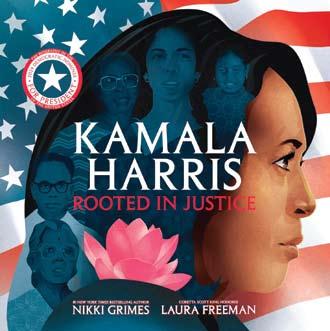
This picture book traces Kamala Harris’s journey from her childhood in Oakland
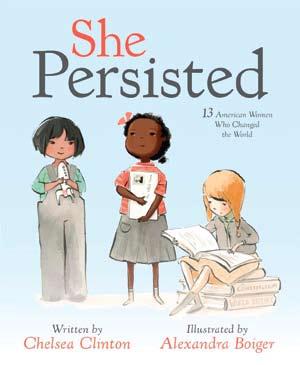
This book highlights thirteen American women who stood up for what was right, even when they were told to be quiet. Featuring figures like Harriet Tubman, Helen Keller, and Sonia Sotomayor, it’s a celebration of persistence and courage.
Hidden Figures: The True Story of Four Black Women and the Space Race
by Margot Lee Shetterly, Illustrated by Laura Freeman
Ages 4 to 8
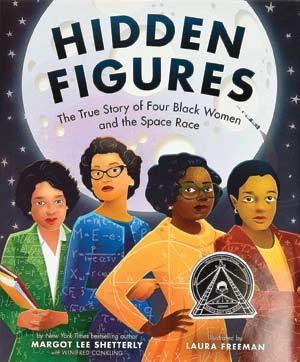
This book tells the story of four Black women who overcame gender and racial barriers to contribute to NASA’s greatest achievements. It’s a powerful reminder of the impact of hard work and dedication.
Like a Girl by Lori Degman, Illustrated by Mara Penny
Ages 4 to 8
This book celebrates 24 women who defied odds and succeeded in their fields, from Rosa Parks to Sally Ride. It’s a vibrant tribute to girl power and perseverance.
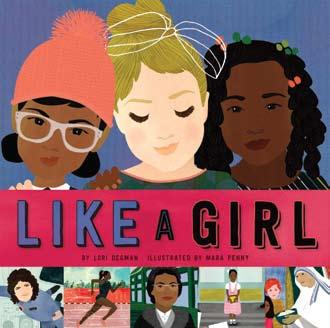
I Am Jazz by Jessica Herthel and Jazz Jennings, Illustrated by Shelagh
McNicholas
Ages 4 to 8
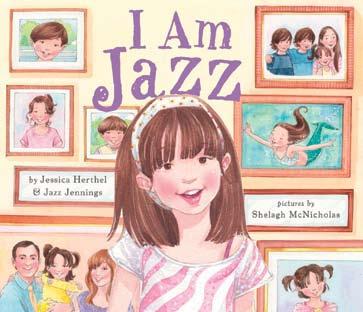
This picture book shares the real-life experiences of Jazz Jennings, a transgender child and advocate. It’s a heartfelt story about being true to oneself.
March On!
by Lucy Lang, Illustrated by Grace Lang
Ages 4 to 8

Written by NYS Inspector General Lucy Lang, This book celebrates the 100th anniversary of the 19th Amendment, using vibrant rhymes and diverse illustrations inspired by the 1915 New York City women’s march to teach young children about activism and the power of collective action.
Jovita Wore Pants: The Story of a Mexican Freedom Fighter
by Aida Salazar, Illustrated by Molly Mendoza
Ages 6 to 9
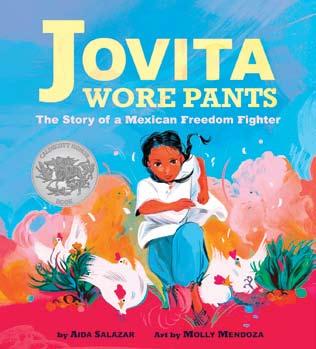
This true story follows Jovita, who defied societal expectations by wearing pants and fighting for religious freedom during the Cristero War. It’s a tale of courage and self-discovery.
I Dissent: Ruth
Bader Ginsburg Makes Her Mark by Debbie Levy and Illustrated by Elizabeth Baddeley
Ages 6 to 10
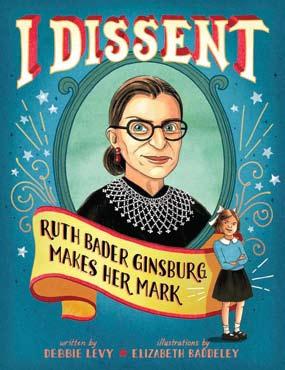
This biographical picture book explores Ruth Bader Ginsburg’s lifelong commitment to justice and her famous dissents. It’s an inspiring look at how disagreement can lead to change.
Good Night Stories for Rebel Girls (New Edition) by Elena Favilli & Francesca Cavallo
Ages 8-12
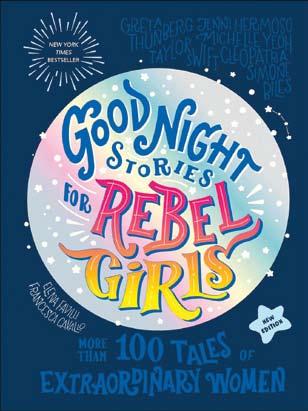
This updated edition features over 100 stories of inspiring women, from Cleopatra to Greta Thunberg. Written as real-world fairy tales, it encourages young readers to dream big.
Amina’s Voice
by Hena Khan
Ages 8 to 12
This novel follows Amina, a young Pakistani American navigating middle school while dealing with identity, friendship, and community challenges. It’s a heartfelt story about finding one’s voice.
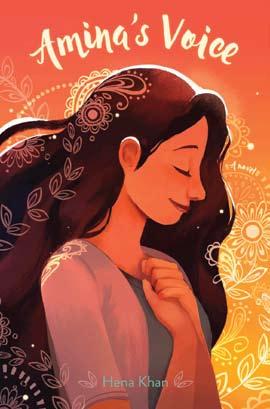
Inside Out & Back
Again by Thanhhà Lai
Ages 9 to 12
Told in verse, this book follows a young girl fleeing Vietnam after the fall of Saigon. It’s a poignant story of resilience, grief, and new beginnings.
I am Malala: How One Girl Stood Up for Education and Changed the World by Malala Yousafzai and Christina Lamb
Ages 12 and up
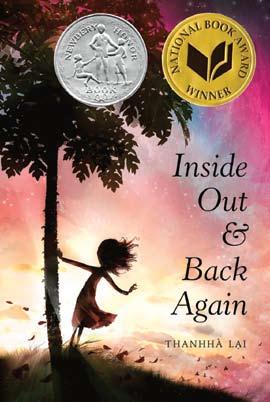
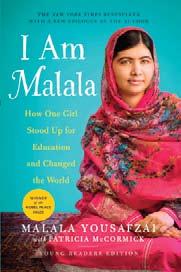
Malala Yousafzai’s memoir recounts her fight for girls’ education in Pakistan and her survival after being shot by the Taliban. It’s a powerful story of courage and advocacy.
Becoming by Michelle Obama
Ages 14 and up
Michelle Obama’s memoir takes readers through her journey from the South Side of Chicago to the White House. It’s an inspiring story of resilience, authenticity, and empowerment.
We Should All Be Feminists by Chimamanda Ngozi Adichie
Ages 16 and up
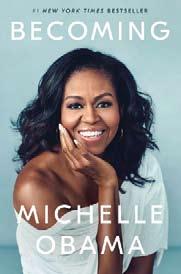

Adapted from her TED Talk, this essay explores modern feminism through Adichie’s personal experiences. It’s a compelling call to action for gender equality.
The Immortal Life of Henrietta Lacks by Rebecca Skloot
Ages 17 and up
This book uncovers the story of Henrietta Lacks, whose cells were taken without her knowledge and became crucial to medical breakthroughs. It’s a profound exploration of ethics, race, and science.
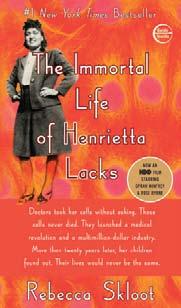
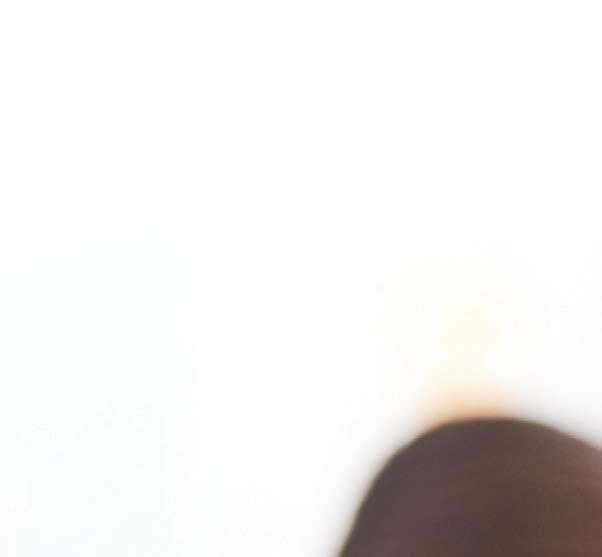


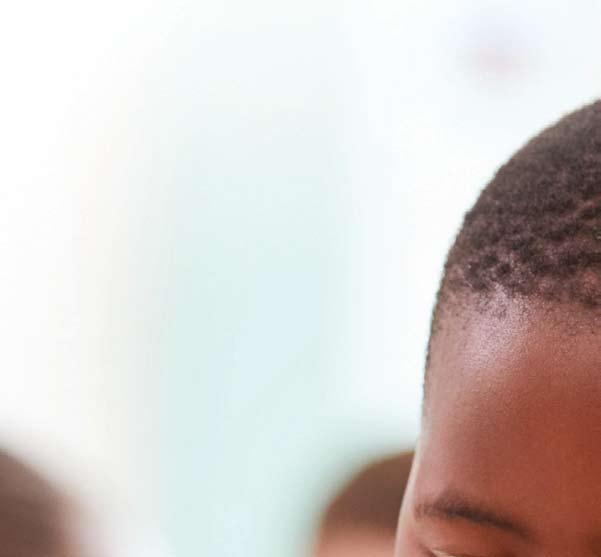
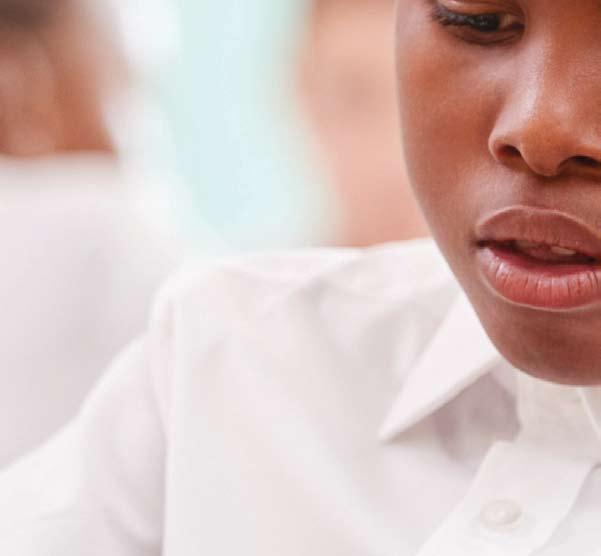
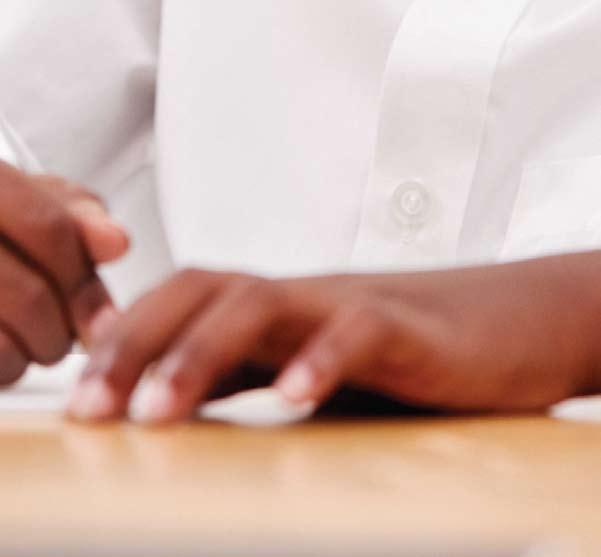
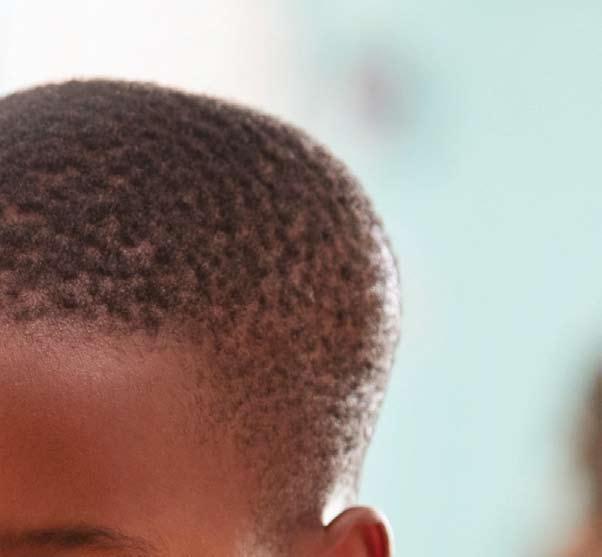
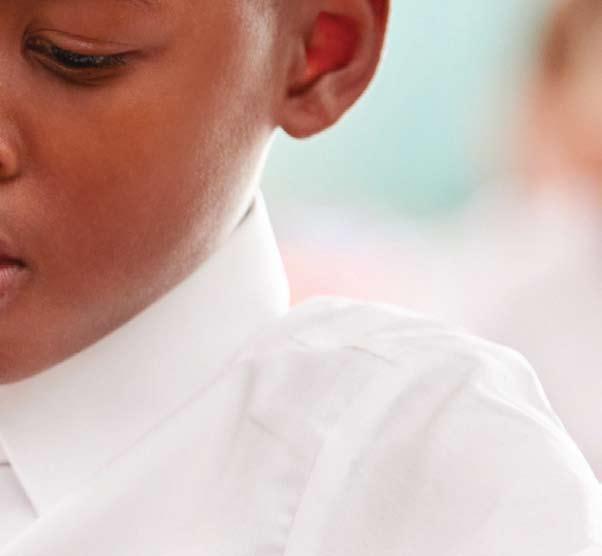
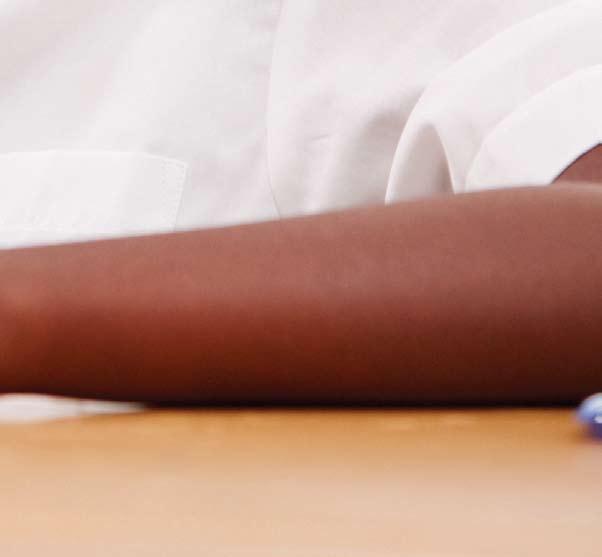

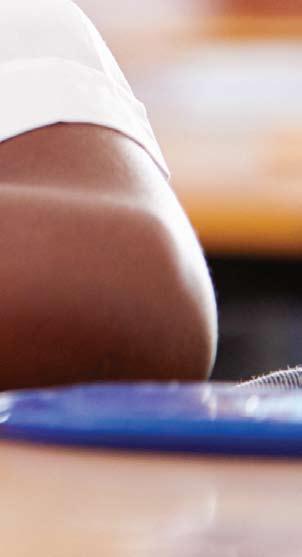
BY NEW YORK FAMILY
You don’t have to be a huge fan to know Kendrick Lamar’s Super Bowl Halftime Show made history last month. If you are a fan, however, you might be aware that the five-time Grammy winner is the only rap artist to win a Pulitzer prize. But did you know that the brilliant lyricist earned his education at a charter school? Lamar has often spoken about how his education and upbringing shaped his music, which addresses themes of social justice, inequality, and personal growth. Many see his success as a testament to the impact of charter schools in underserved communities.
If you’re trying to figure out the difference between charter schools and public schools in New York, you’re not alone. Both are free, open to all students, and funded by taxpayers, but they operate in pretty different ways.
Traditional public schools are run by local school districts and must follow strict state rules about everything from curriculum to teacher certifications. Charter schools, on the other hand, are independently run by private organizations or nonprofits. They have more freedom to experiment with teaching methods and curricula, but they’re held accountable for meeting specific academic goals.
What are some reasons more and more parents are choosing a charter school education for their children? We’re sharing the top reasons below.
One of the biggest benefits of charter schools is their ability to innovate. Unlike traditional public schools, which must follow strict state and district regulations, charter schools have the freedom to design their own curricula and teaching methods. This allows them to
experiment with approaches like projectbased learning, STEM-focused programs, or bilingual education. For example, some charter schools integrate technology into every aspect of learning, while others emphasize the arts or hands-on experiences. This flexibility can create a more engaging and personalized learning environment for students.
Many charter schools pride themselves on offering smaller class sizes compared to traditional public schools. With fewer students per teacher, educators can give more individualized attention to each child. This can be especially beneficial for students who need extra support or those who thrive in a more intimate setting. Smaller classes also foster stronger relationships between teachers, students, and families, creating a tight-knit community.

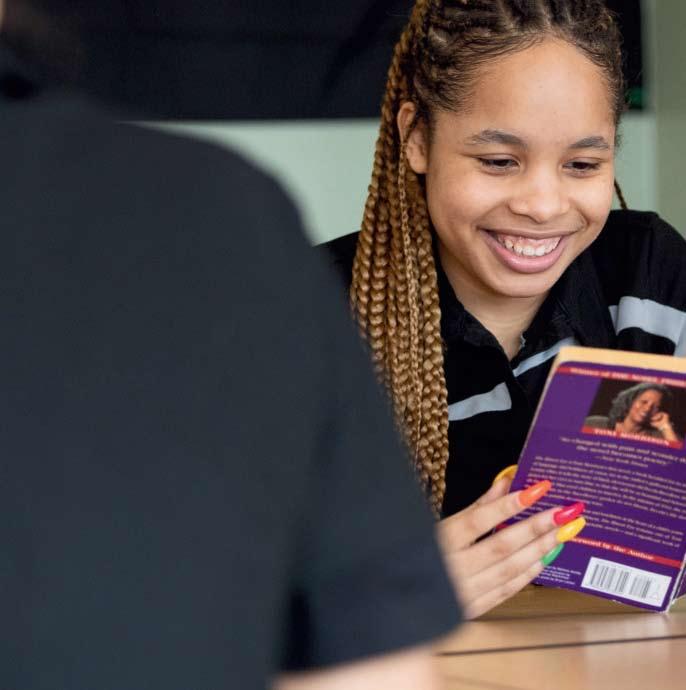
•
•
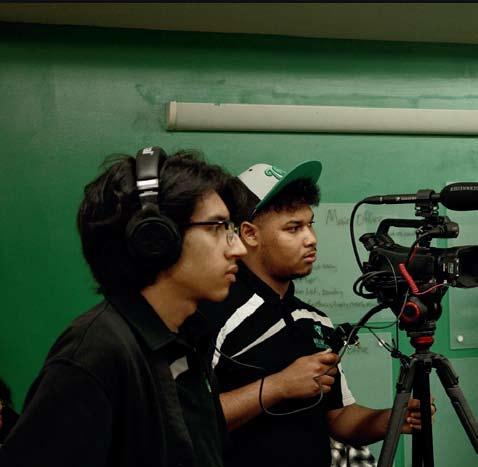

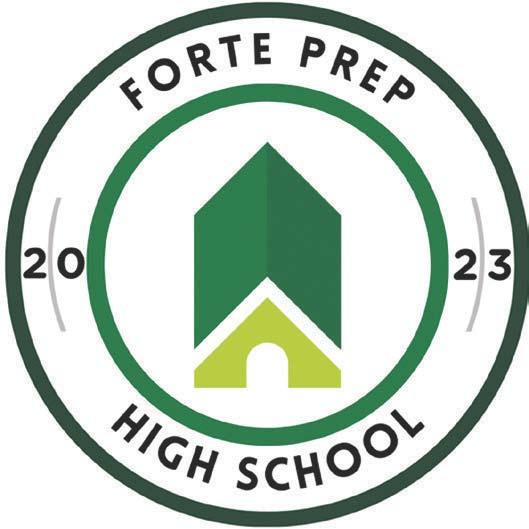

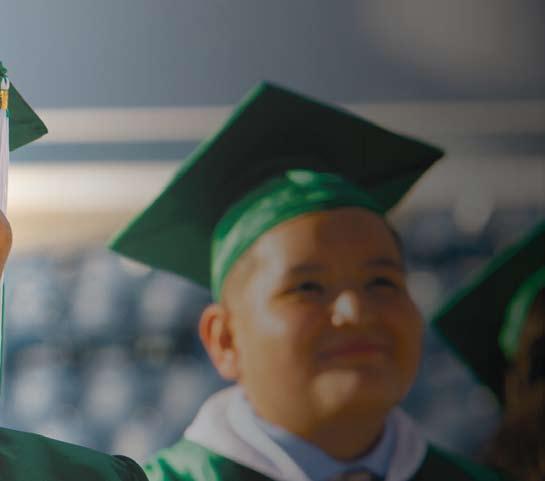



Charter schools are held to high academic standards and must meet specific performance goals outlined in their charter agreements. If they fail to deliver, they can be shut down. This accountability often drives charter schools to focus intensely on student achievement. Many charter schools, especially in urban areas, have been praised for helping underserved students achieve significant academic gains. For example, networks like Success Academy in New York have consistently outperformed traditional public schools on state tests.
Charter schools often cater to specific interests or needs, making them a great option for students with particular passions or goals. Whether it’s a focus on science and technology, performing arts, or college preparation, charter schools can offer programs that align with a student’s interests. This specialization can help students stay motivated and engaged in their education.
Charter schools often encourage strong parental involvement, which can be a huge benefit for families. Many charter schools require parents to sign agreements committing to participate in their child’s education, whether through volunteering, attending meetings, or supporting homework. This partnership between schools and families can create a more supportive and collaborative environment for students.
Charter schools are often established in underserved areas where traditional public schools may struggle with resources or performance. By offering high-quality education in these communities, charter schools can provide opportunities for students who might otherwise be left behind.

Many charter schools also offer additional support services, such as tutoring, mentoring, and college counseling, to help students succeed.
Many charter schools place a strong emphasis on preparing students for college and careers. They often offer rigorous academic programs, advanced placement courses, and partnerships with local businesses and colleges. Some charter schools even guarantee college acceptance for students who meet certain criteria, giving families peace of mind about their child’s future.
Perhaps the most significant benefit of charter schools is the choice they provide. For families dissatisfied with their local public schools, charter schools offer an alternative that might better meet their child’s needs. This choice can be empowering, especially in areas where public schools are underperforming.
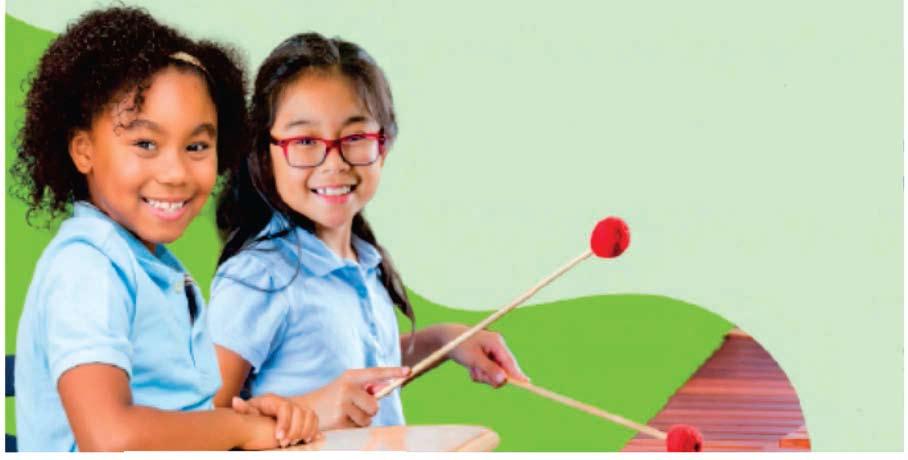








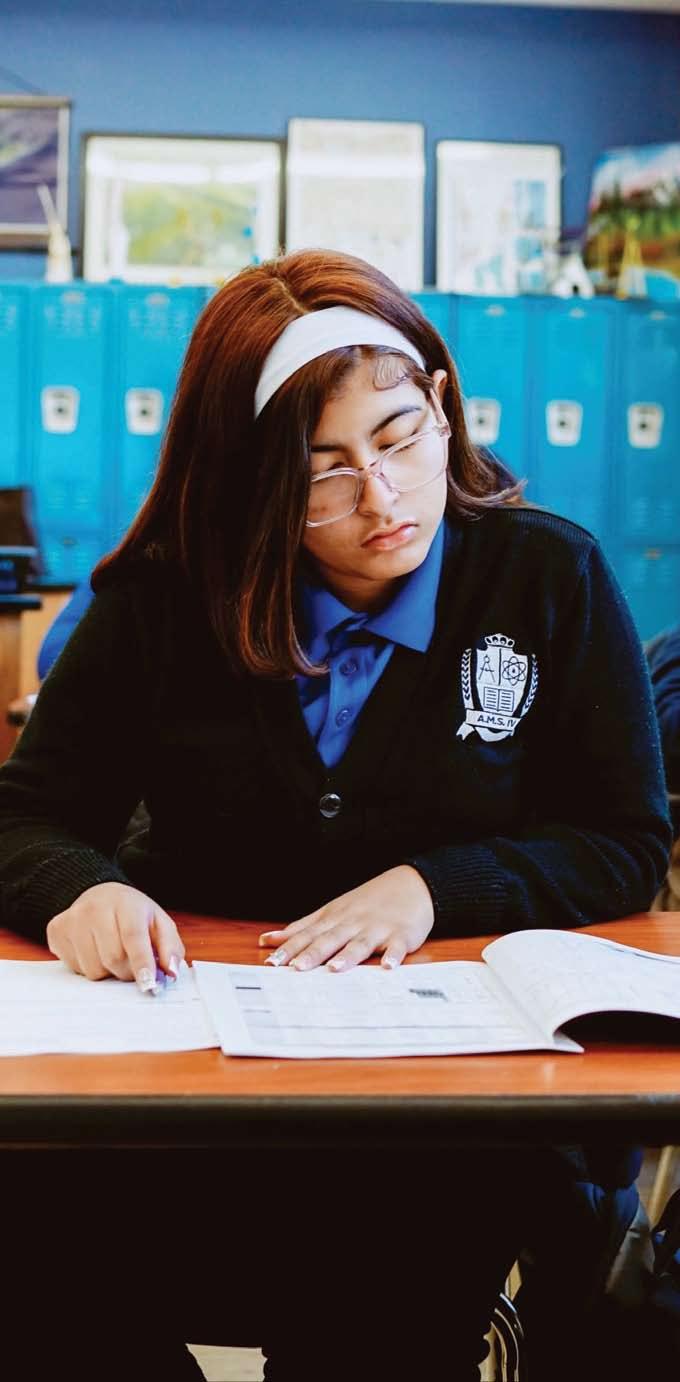





















countryside m ontessori School
354 Lakeville Rd, Great Neck 516-406-3623
cmsgn.com
Countryside Montessori School offers Summer Camp for children 18 months to 6 years old. An 8 week program offers flexibility in the number of weeks and offers half and full day options. Toddlers enjoy their spacious playground in the mornings and nap in the afternoon. For their primary children they offer academics (similar to the school year) in the morning and afternoon play.
Garden School
33-16 79th Street, Jackson Heights 718- 335-6363 info@gardenschool.org Gardenschool.org
Garden Summer Camp is run by highly-trained staff, industry experts, and professional educators who
are dedicated to ensuring that each camper has a safe and enriching experience. To ensure that your child gets the attention they need, our camp has low camper to teacher ratios and is divided into different programs by age. At Garden’s Summer Camp, your child will build confidence, make new friends, discover new talents, and have lots and lots of FUN!
the learning e xperience
215-15 Northern Blvd., Bayside 718-224-1760 bayside@tlechildcare.com thelearningexperience.com/ centers/bayside
Summer Sessions for infants through preschool, TLE makes early education and daycare joyful, engaging and fun so children are happy to learn, play and grow. TLE has a curriculum that develops the whole child. The L.E.A.P.® curriculum uses fun, hands-on activities throughout early



education to help children develop intellectually, socially and cognitively. TLE characters bring learning to life! Children love learning from characters—and studies show that it’s highly effective especially in preschool and early education. Enroll today!
m agic day c amp
216-01 Union Turnpike, Bayside 718-360-1886 magicdaycamp.org contactus@magicdaycamp. com
Magic Summer Day Camp is a privately owned summer day camp that has successfully operated for more than 40 years. They provide free door-to-door transportation to families in Queens and parts of Long Island. With daily swimming, trips, sports programs, dance programs, parks, and state-of-the-art facilities, Magic Day Camp has given generations of children ages 4-16 a safe and
rewarding summer camp environment to explore new and enriching experiences that foster both mental and physical growth.
ny k ids club
Locations throughout Manhattan, Brooklyn and Queens nykidsclub.com
Camp Kids Club is designed for children aged 2.5 to 6 years, providing a dynamic blend of STEM, gym, dance, and art activities.For older children aged 5 to 8, Explorer Camps run in selected locations and offer weeklong adventures in Parkour or Dance. Enrollment options range from single-day dropins to the full summer season. Choose from several schedule choices based on location and program. Camps run from June through August across 17 convenient locations throughout Manhattan, Brooklyn, and Queens.





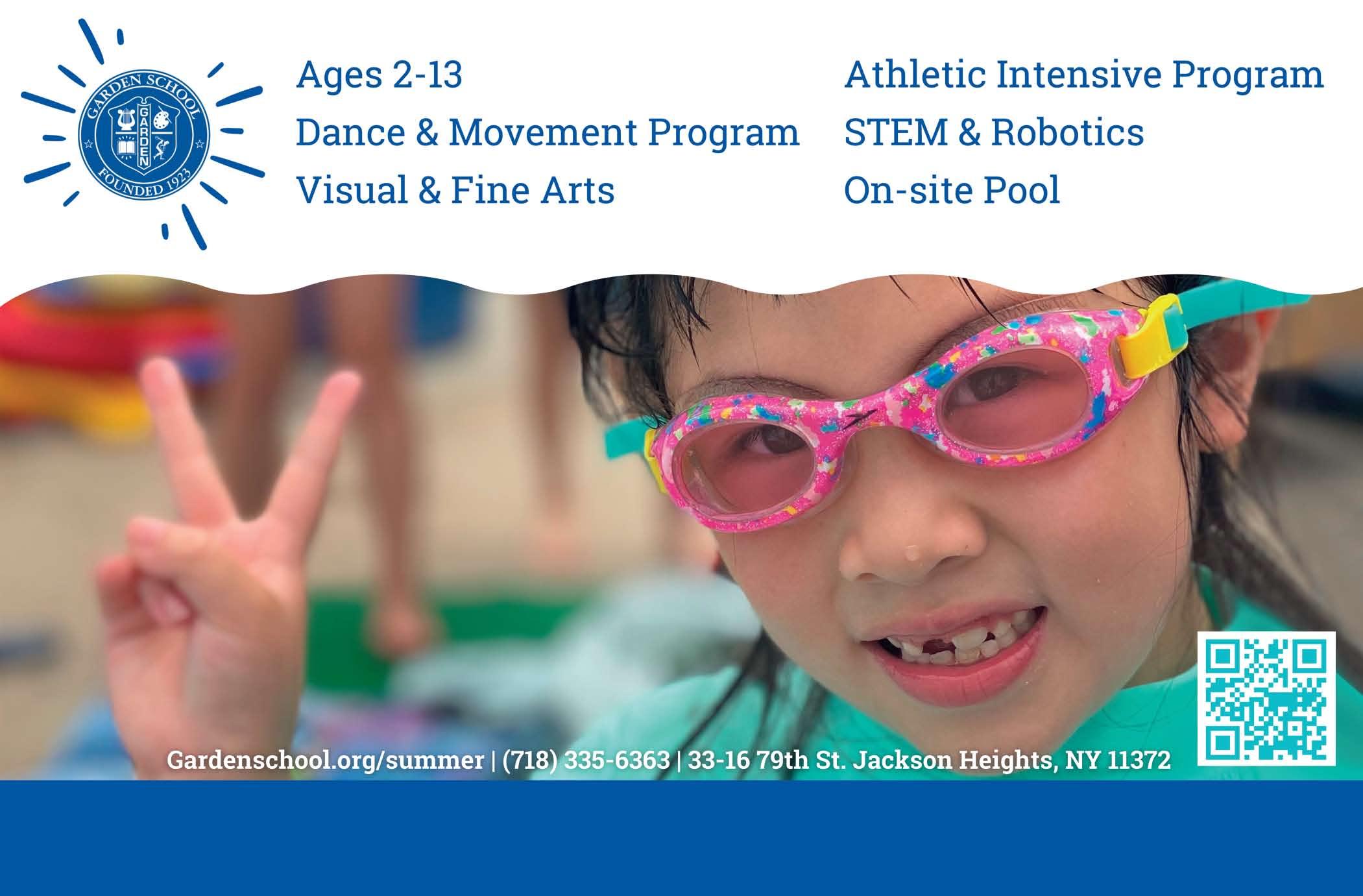
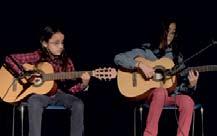
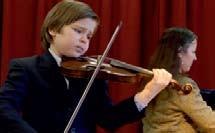


Summer at the kewforest School
119-17 Union Turnpike, Forest Hills 718-551-3123
summer@kewforest.org kewforest.org/summer
Summer at The Kew-Forest School (July 7 – August 15, 2025) provides children entering Kindergarten to Grade 6 with academic enrichment in reading, writing, and mathematics, along with recreational activities including arts and crafts, dance, drama, field trips, martial arts, STEM, swimming, and more! Two-, four-, and six-week options are available. Attend an Open
House on Saturday, April 12 at 9:30 a.m. or Thursday, May 22 at 5:30 p.m. Save $50 if you enroll by April 30.
u Sta BJ k n ational tennis center
Flushing Meadows Corona Park, Flushing 718-760-6200
dorthy.feng@usta.com ntc.usta.com
The USTA Billie Jean National Tennis Center will once again offer fun-in-the-sun tennis camps starting in June.Camp is held both in and outdoors as campers enjoy the fabulous campus located at the Home of the US OPEN. The focus is on the development

of tennis techniques, sports conditioning, and multisports, maximizing the learning experience while having FUN. Enroll online.
world of d iscovery day Summer day c amps PO Box 604010, Bayside 718-229-3037 worldofdiscovery.org info@worldofdiscovery.org
At World of Discovery Summer Day Camp of Bayside, Queens, NY Summertime is a season for children to expand their horizons, explore new territories, and discover new and exciting things about themselves.
ymca of Greater n ew york Summer day c amps 20+ Locations Across All 5 Boroughs in NYC 212-630-9720 ymcanyc.org/camp rho@ymcanyc.org
Fun Rules at Y Summer Camp, a place where every kid belongs, friends and memories are made every day, and caring, trained staff make for happy parents, and have been for over 10 years. The YMCA of Greater New York has hundreds of camps citywide, offering everything from traditional camp to swim, sports, and STEAM! Register By April 29th and save 10%.























































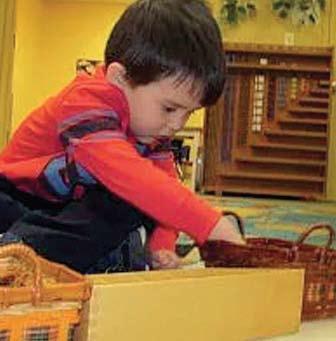






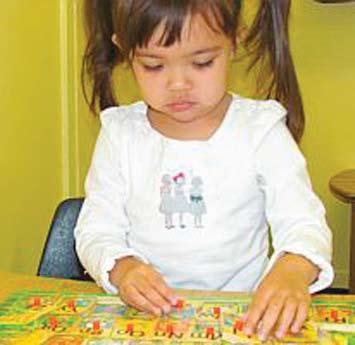

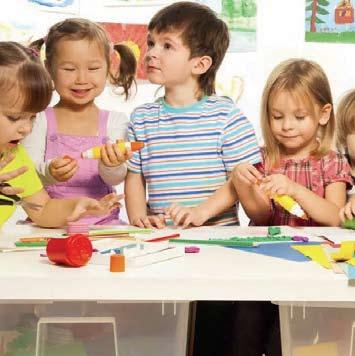





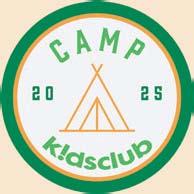




Camps
Discover a whole new summer adventure this year at Camp Kids Club, where campers immerse in nature-based thematic learning, with enhanced outdoor time, age-appropriate exploration, and indoor activities that bring elements of the natural world into the classroom.
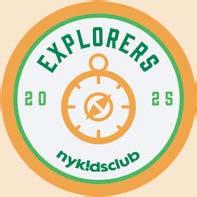


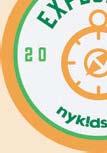
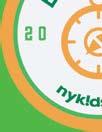
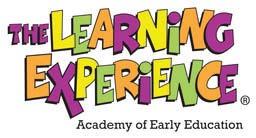
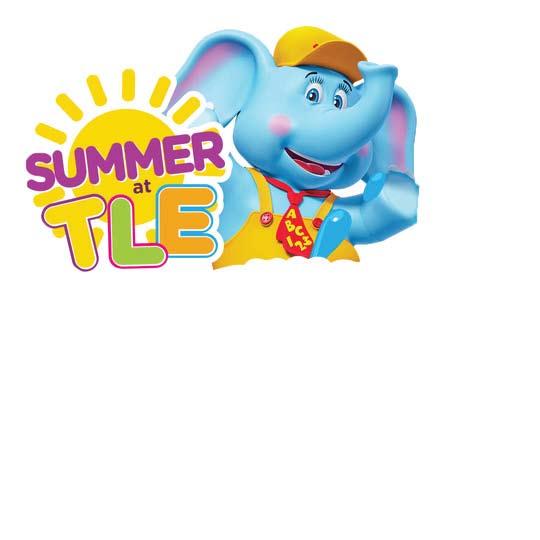
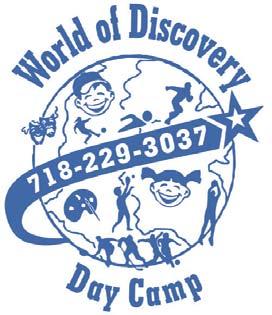
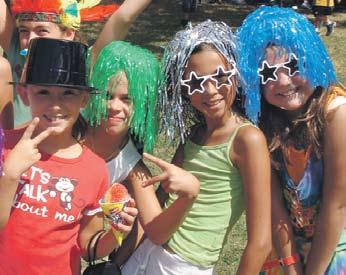
On-site and Travel Camp Options
Flexible scheduling Available June 30th - August 26th 6:30 am - 6:30 pm
Sports Activities, Music, Dance, Water Play, Swimming Lessons, and Academic Review
215- 15 Northern Blvd, Bayside NY 11361 Call 718-224-1760 or register on our site for a tour

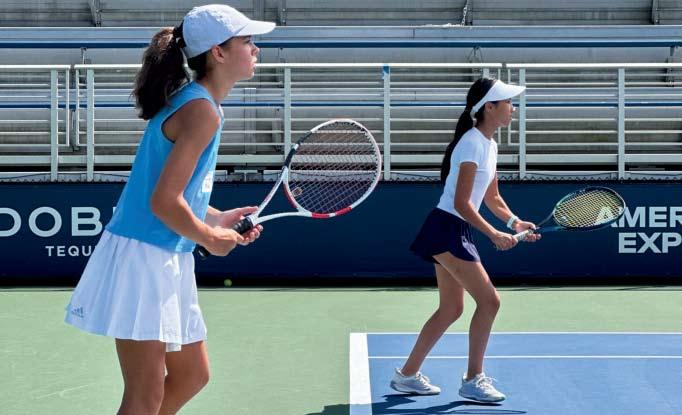

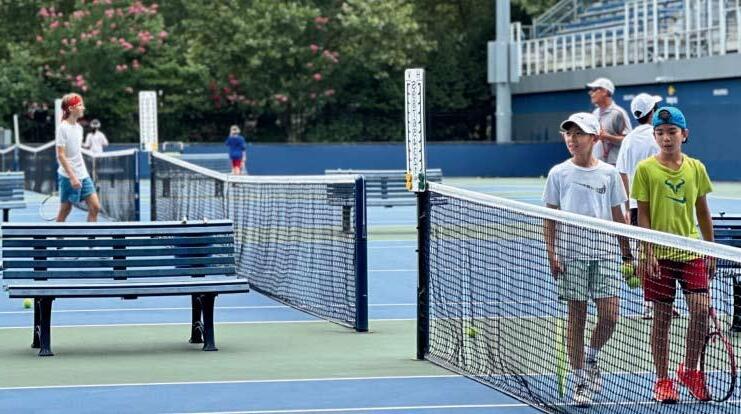









Crayola announces temporary return of popular retired shades
BY SHARA LEVINE

Crayola has been a staple of childhood memories for over 120 years. For generations, children have carefully been selecting the perfect shades to express themselves when creating original art or filling out the pages of a coloring book. Hearts don’t always have to be red, clouds don’t always have to be white, and grass doesn’t always have to be green when armed with 148 colors in the Crayola spectrum ranging from classic Red to Jazzberry Jam.
Crayola has inspired creativity since their first box of crayons was released in 1903. Since then, the brand has grown to include numerous art tools, a variety of activity sets, and toys created to inspire children to take their ideas beyond paper.
Since the establishment of Crayola as the premiere tool for coloring, the company has produced hundreds of shades, with many being retired. But, due to popular demand, some very special colors are back for a limited time!
This is the first time in its 122-year history that Crayola has ever un-retired colors, welcoming back Dandelion (deep yellow), Blizzard Blue (frosty light blue), Magic Mint a soft light green), Mulberry

(pinkish purple), Orange Red (a deep orange with red overtones), Violet Blue (a deep shade of blue with shades of violet), Lemon Yellow (bright yellow) and Raw Umber (woodsy brown) to their rotation of magnificent colors. Some of these iconic shades haven’t been available since you were a kid, and now parents can share these nostalgic hues with their own little ones.
Special Limited Edition Retired Colors 8-Count sets include colored crayons, pencils, markers, as well as activity kits, themed coloring books, and other special surprises that will be coming your way.
“As a first in the history of Crayola, we could not be more excited to bring back this beloved Limited Edition color collection that will give kids even more opportunities to colorfully put their imagination into action,” says Victoria Lozano, Crayola Chief Marketing Officer. “Color has such a personal connection for kids of all ages. It plays a pivotal role in inspiring creativity, which is an integral catalyst for educational, emotional and cognitive growth. At Crayola, we celebrate the enduring value of childhood creativity to help kids reach their full potential, and we look forward to seeing the Limited Edition colors inspire even more creative moments for our fans.”
Crayola’s color comeback won’t stop with special sets. Look out for Crayola collaborations with top clothing and lifestyle brands like denim legend Lee, colorful makeup carrying case Caboodles, famed eco-friendly container brand S’well and more during this year-long celebration.
As we all know, coloring isn’t just for kids; it’s for the whole family to enjoy. Remember the adult coloring book fad of 2015? Break them out because parents love to color, too! Grab a set of these spectacular colors and share some old favorites with the kids. It’s a wonderful opportunity to get the whole family to the table for some screen free-time to color, create, bond and imagine together.
There are many benefits to this type of family activity for young children. According to Color Psychology.org, this includes boosting fine motor skills, improving color recognition as they chose their shades, the development of patience and perseverance as children see their creations come to life on a page, as well as offering a calming outlet to relieve stress and anxiety (definitely a benefit for grown-ups too).
To learn more about this special collection and other Crayola products visit them on their website at crayola.com, on Instagram, Facebook, TikTok, and YouTube.






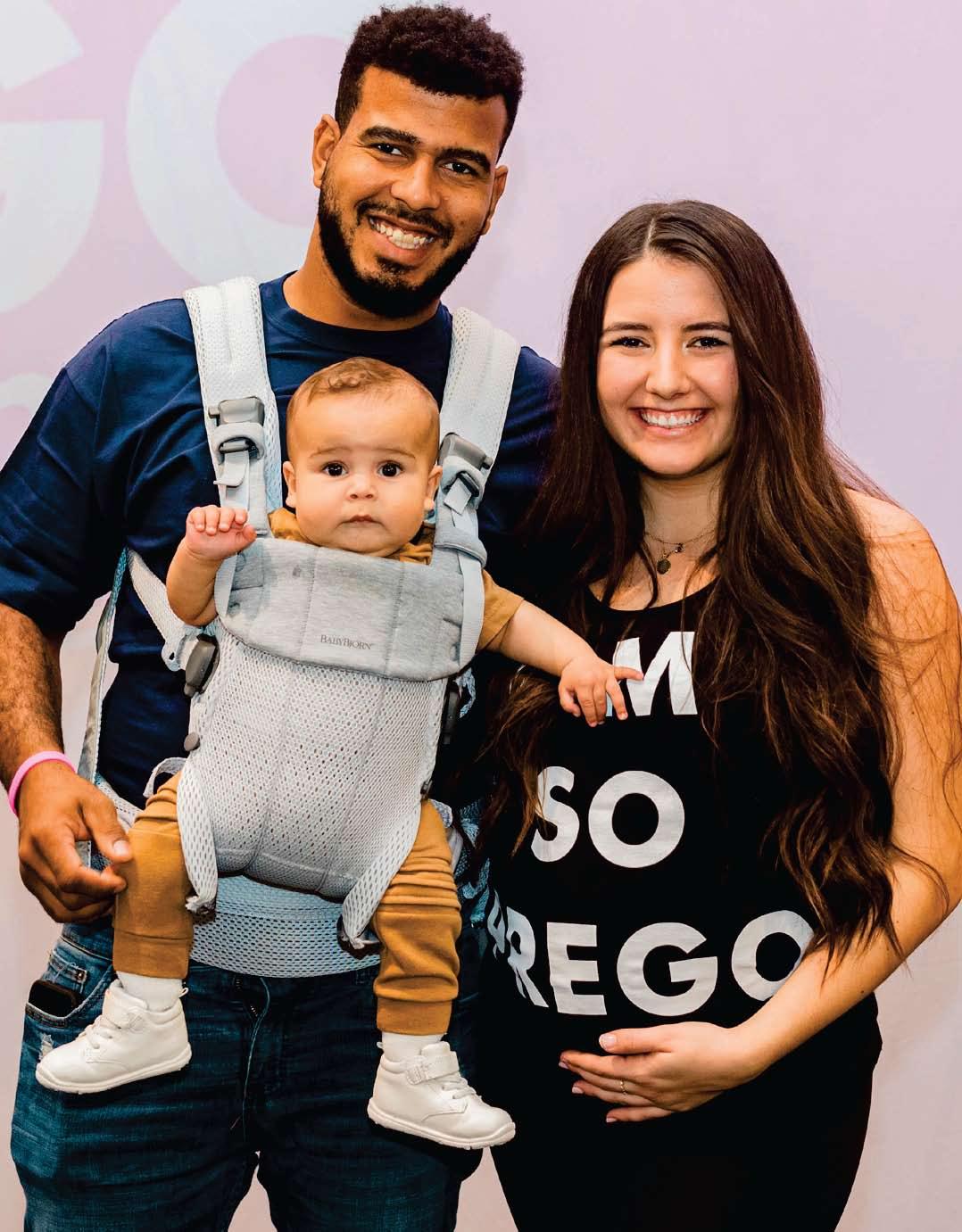
By Alex A lutter
In January of 2025, wildfires attacked the Greater Los Angeles area causing devastating impacts for many families. The fires burned more than 40,000 acres, destroying more than 12,300 structures, which includes the homes and possessions of many families.
After learning of the tragic Los Angeles fires, New Jersey mom of two Randi Jaffe asked herself what she would grab if she were in the situation where she had to evacuate.
She instantly thought of her child’s three-inch cheetah, the one she always said could never be replaced because no one knew where it came from. Randi shared her thoughts, saying, “Not only have these kids lost everything and any sense of normalcy, they don’t even have a comfort item to hold onto.”
Randi, alongside her sister-in-law Jenny Jaffe, decided to take action, creating The Lost Stuffy Project to reunite children with their comfort items.
The Lost Stuffy Project is a project dedicated to reuniting children with their stuffed animals, blankets and comfort items. Through their Instagram, @loststuffyproject, Randi and Jenny work with their followers to reunite children with these sentimental items lost in the LA fires.
The way it works is simple: People submit photos of the stuffed animal, blanket, or toy that’s gone missing to their Instagram. From there, the two sisters-in-law create a “wanted” post, asking their followers to help track down the lost item. The response has been amazing—people from all over the country are getting involved, donating to the cause, sleuthing online to find toys, or simply reposting to spread the word.
Randi Jaffe shared one of the amazing stories that have emerged from this business with New York Family of a young woman in college who reached out on behalf of her 7-year-old sister after their family home was burned down.
Her little sister’s pink bunny was about
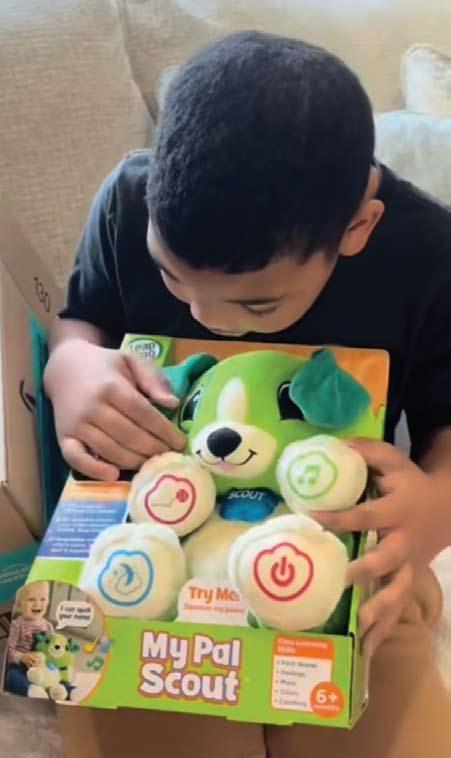
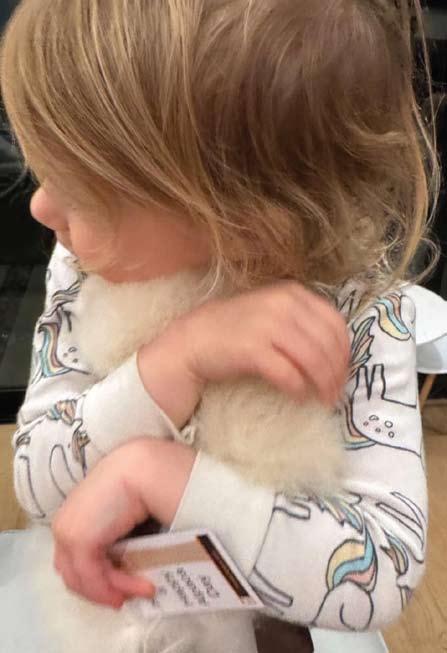
Summer
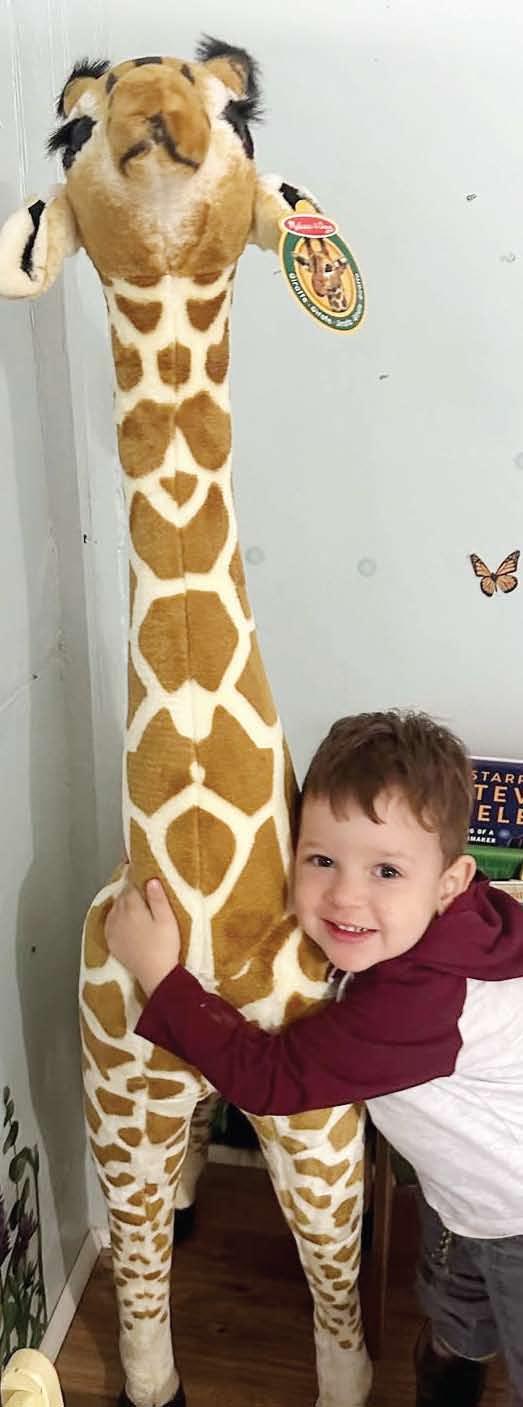
The cozy giraffe in the office at Woodbury v illage Preschool is already providing a familiar and safe place for these sweet kids.
20 years old and came from the GAP, making it very difficult to track down.
The Lost Stuffy Project went full force searching for this bunny, posting and even contacting the GAP to search their archives. People were scouring from all over to locate the missing bunny.
The search eventually reached Reddit, a popular open forum social network, where it eventually reached a woman who owned the exact pink bunny from the GAP.
Although this was this woman’s personal comfort animal her entire life, even stating that this bunny had been with her through the hardest moments of her life, she was more than happy to give it to a child who had lost it.
This is the kindness and generosity The Lost Stuffy Project is all about.
The founders of The Lost Stuffy Project visited Woodbury Village Preschool where every toy, book and stuffed animal had tragically been destroyed in the fires. Through their project, they are using their platform to replace these comfort items in schools that students rely on. Randi told us, “Getting these kids back to school is so important, but it is also getting them back into an emotionally safe and comfortable place.”
Mother of two, Randi Jaffe, works as a Child Life Specialist and is passionate about raising awareness of the vital role these professionals play. She often refers to them as the unsung heroes of healthcare. Randi explained, “We support pediatric patients and kids who have or are experiencing traumatic events.”
Randi also works directly with children herself in the hospital and sees firsthand how
much stuffed animals serve as a comfort to children and help ease their anxieties. She often works in the OR where she brings the children into the operating room. While the parents are not allowed back in the OR, stuffed animals and comfort items are!
Once the child falls asleep, Randi carefully takes the comfort item, holding it like it’s pure gold, so she can return it to the parents. She shared how much relief these comfort items bring, not just to the children, but also to the parents waiting in the waiting room, as she explains the rest of the procedure.
The Lost Stuffy Project even made it to the big stage! This year during the 2025 Grammy Awards, local businesses and
relief programs were highlighted during commercial breaks in support of those affected by the LA fires. The Lost Stuffy Project was showcased in the commercial as the project was explained as, “replacing the irreplaceable”. The Jonas Brothers were featured in the commercial stating, “As dads, we love what the Lost Stuffy Project is doing, so we are donating our personal stuffy collection.” This commercial brought tons of several followers to the project and allowed more people to get involved.
These two moms are truly an inspiration, creating a project that has helped so many children reunite with their beloved toys, stuffed animals, and blankets. We’re grateful to The Lost Stuffy Project for sharing their incredible story with us.
You can help The Lost Stuffy Project by following them on Instagram, @ loststuffyproject, and then help share posts looking for stuffies of all kinds.
Check out their bio to donate money that aids in the purchasing and restoring of stuffies as well as the Woodbury Village Preschool wishlist.


The Center for Jewish History unveils an immersive and deeply moving new view into the teenager’s short life
By Shara Levine
As the grandchild of four Holocaust survivors, I know how blessed I am to be here today knowing that I easily could not be. I don’t know why my grandparents weren’t one of the six million Jews who were killed, a fate which sadly befell their parents and most of their siblings, aunts, uncles and cousins, but I am forever grateful they were spared and that I am able to continue carrying on their legacy today.
Part of that legacy is never forgetting what happened to my ancestors, and to ensure that the world doesn’t forget either, so history does not repeat itself. The only way to prevent another Holocaust is by learning from the past, and the new Anne Frank The Exhibition at the Center for Jewish History in Manhattan teaches visitors powerful lessons that they’ll never forget.
Anne Frank The Exhibition opened to the public on January 27, 2025 in conjunction with International Holocaust Remembrance Day and to commemorate the 80th anniversary of the liberation of Auschwitz. This limited run is presented by the Anne Frank House in Amsterdam, which is housed in the actual annex where the Frank family hid. This is the first time that some of these artifacts have been seen outside of the Anne Frank House, and many have never been
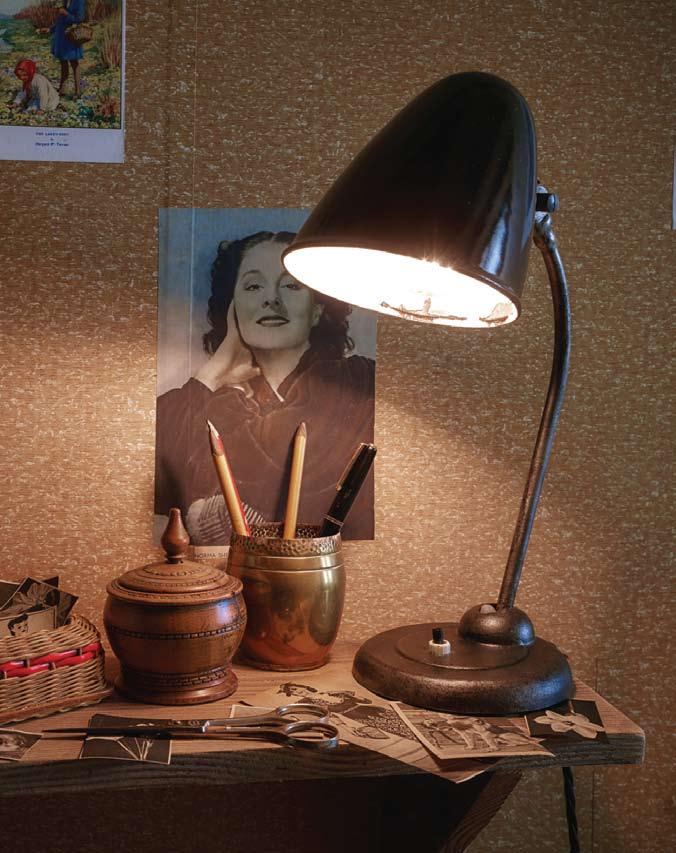
viewed in public before.
The full-scale model of the Annex, where Anne Frank, her parents and sister, and four others spent two years hiding to evade Nazi capture, invites visitors to get to know Anne the person, and not just Anne the Holocaust victim.
The immersive experience takes visitors on a narrated timeline, via personal handheld devices, from when Anne’s parents were married all the way through their capture and deportation to the Auschwitz Concentration

Camp, then to the later publication and accolades Anne’s diary eventually received.
The exhibit features sound, pictures, animation, and more than 100 original collection items from the Anne Frank House, as well as some of the only video footage captured of the teen.
The recreated annex allows visitors a peek into the small living spaces, including bedrooms and a kitchen, that served as the main gathering area during the Frank family’s time hiding from the Nazis. All of the windows are covered in a dark fabric to keep from being seen, just as it was then. The room where Anne stayed is hauntingly similar to that of a typical teenage girl today, with a desk and pictures on the wall of her interests and celebrities.
Who was Anne Frank?
Annelies Marie Frank, born to parents Otto and Edith Frank, was a Jewish citizen of Germany until she and her family were forced to flee their home once Adolf Hitler and his Nazi party came to power in the 1930’s.
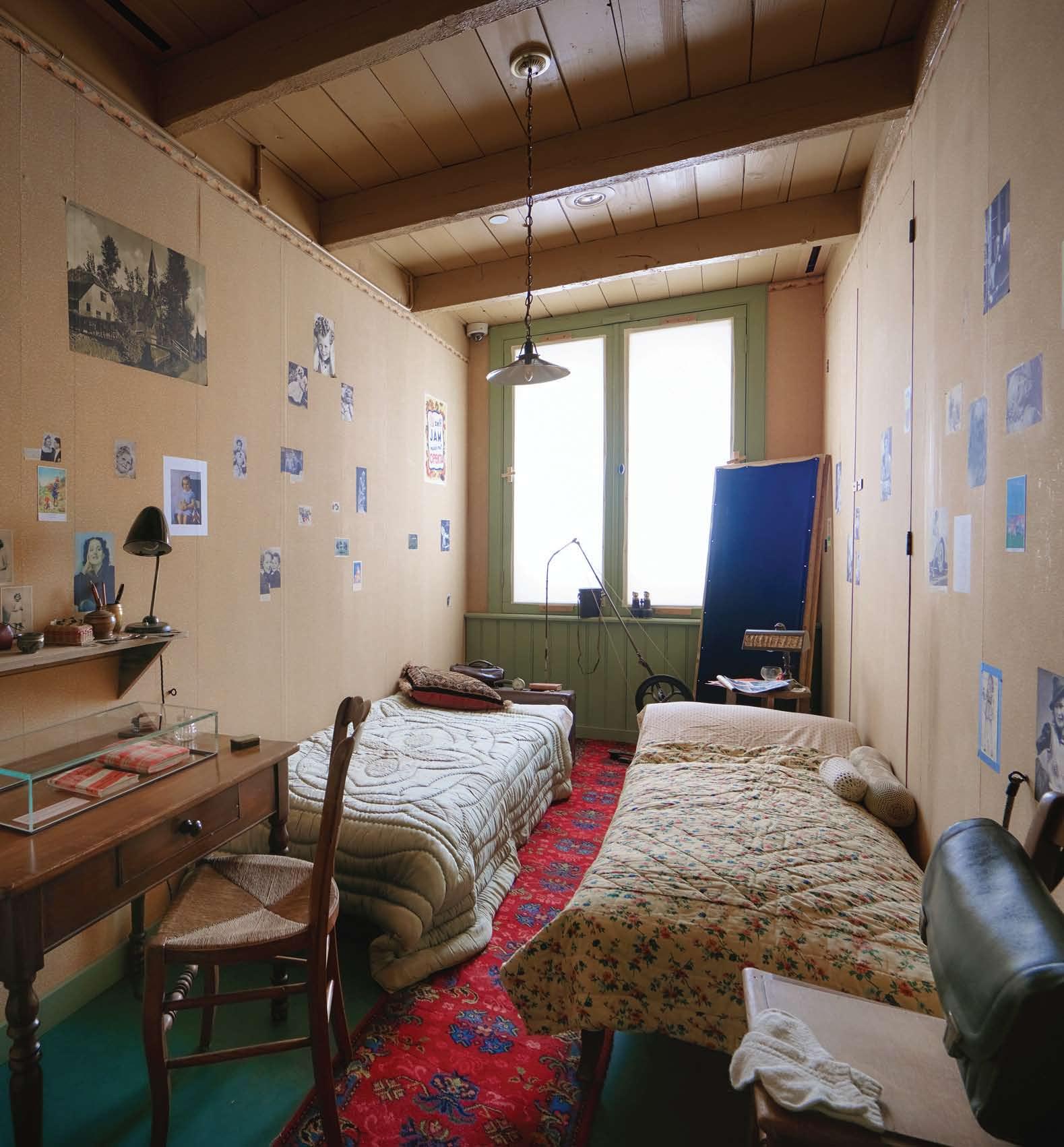
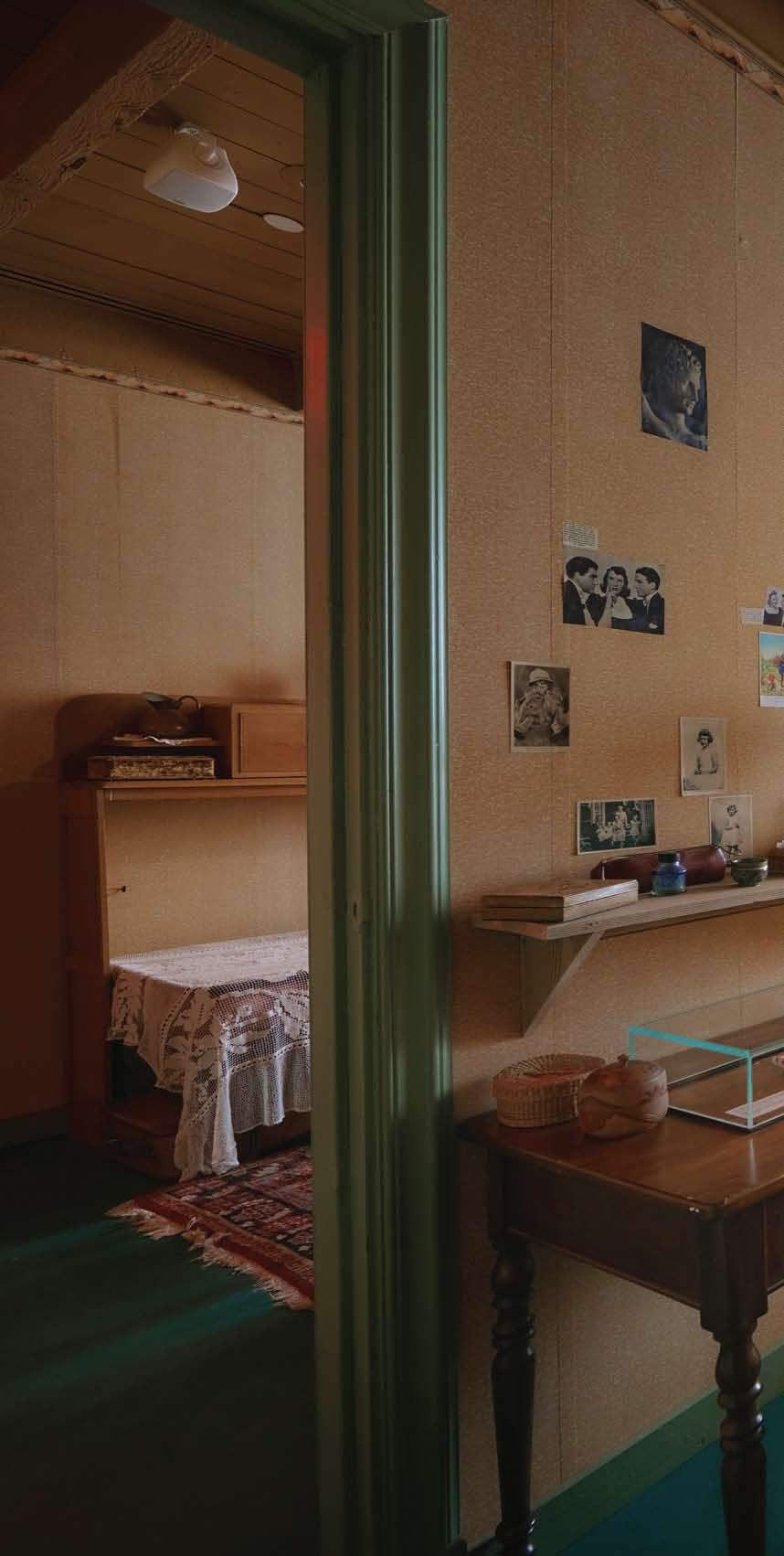

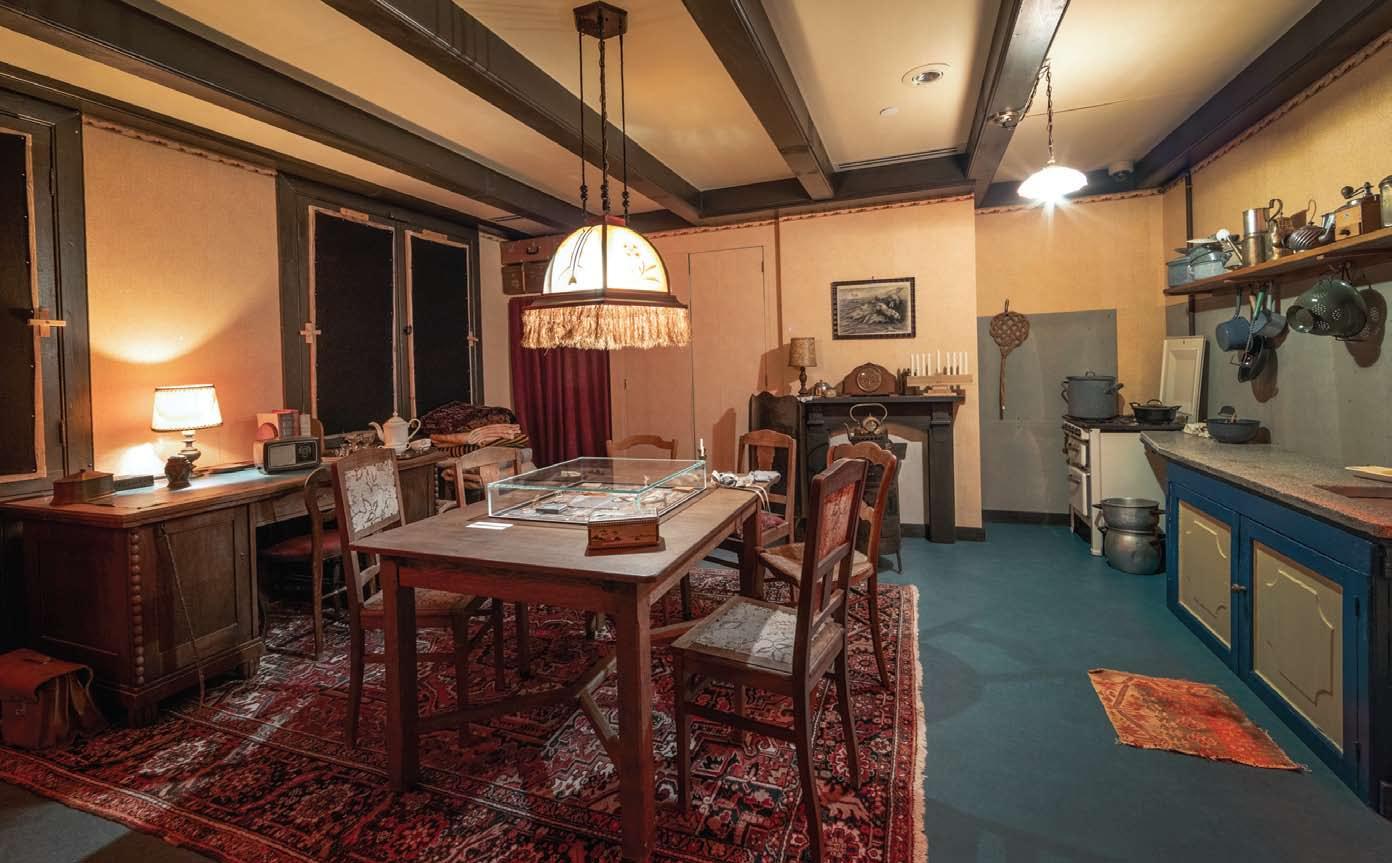
Anne’s father had moved his wife and two daughters to the Netherlands after Hitler enacted discriminatory laws preventing Jews from living freely in Germany. Eventually Hitler’s power spread across Europe and the
Netherlands was no longer safe, as Jews were rounded up and deported to Concentration Camps there too. After Anne’s 16-year-old sister was summoned to report to a Nazi work camp, the family went into hiding. Two years
later, Nazi officers were tipped off and the Frank family was sent to Auschwitz where Anne, along with her mother and sister, tragically perished. Her father was the only surviving member of the Frank family.
The Diary of Anne Frank
Anne spent a lot of her time reading and writing, and dreamed of becoming a published author. After the war ended, her father was gifted with the now-famous journal she had managed to save when the Nazi’s ransacked the hidden annex. Anne had received the red checkered autograph book from her father as a present on her 13th birthday. At the time, no one could have predicted this gift would be used to document her time in hiding. She had asked for it because of her aspirations to become a writer someday. And she did; just sadly not the way she imagined.
Otto Frank fulfilled his daughter’s wish and had her journal published as a nonfiction book titled The Diary of a Young Girl in 1948. He probably never imagined his daughter’s words would move millions around the globe. The book went on to become a bestseller, published in over 75 languages, and is still required reading in many classrooms today. You can read the diary in its entirety for free online at a website that publishes old books, like archive.org.
This tragic story of a brave young Jewish girl now serves as both a historical document and a reminder to never forget. With the recent rapid rise in antisemitism, it is now more important than ever to revisit this chapter in history to ensure an atrocity like the Holocaust isn’t even remotely close to repeating. I owe it to my ancestors - and to all of those lost - to do my part in sharing it.
Anne Frank The Exhibition was originally slated to run for just three months, but after tickets sold out within a week of opening, it was extended through October 31, 2025. The exhibition is recommended for ages 10 and older, although families are welcome to bring children of all ages. It takes approximately one hour to explore. Tickets start at $24 for adults and $17 for kids (17 and under) Monday through Friday; $31 for adults and $24 for kids on Sundays. Family tickets are also available. The Center for Jewish History is located at 15 West 16th Street (between 5th and 6th Avenues) in lower Manhattan.
Go to annefrankexhibit.org for more information and to book your tickets, which must be purchased in advance.
By Jeannine Cintron
Four years ago, Bronx mom of three Rosdaly Ramirez finished her last semester of graduate school with baby #2 in tow – during a pandemic. A month later, she made the tough choice to put her career on hold and become a stay-at-home mom. For three years, she navigated the grief of saying goodbye to something she never thought she could achieve, while at the same time embracing a new role in motherhood she never knew she needed.
Throughout her time as a SAHM, Rosdaly began creating content about motherhood and parenting life, and to the shock of no one, her videos resonated deeply with other moms. Authenticity surely played a major role when Rosdaly amassed a sizable social media following, a community of strong, like-minded, empathetic women to share highs and lows with. A visit to her Instagram page (@iamrosdalyramirez) reveals a colorful mishmosh of empowering thoughts on motherhood and married life, mixed in with more lighthearted content like apartment redecorating tips and exciting places to the kids in the city.
Rosdaly made another difficult decision recently, opting to return to work, starting a whole new career as a mental health therapist. I sat down with the Bronx native to chat about this big change in her life and the journey that led her there.
Looking back, what was the hardest part about making the decision to pause your career for motherhood?
The identity shift. For a long time, I prided myself on being a working mom. I was at the peak of my career—I had just graduated from grad school, my job offered me a raise that doubled my previous salary, and I finally felt like all the hard work I put into earning my Master’s was paying off. I remember the week I graduated, so many of my classmates were sharing their next steps, and I turned off my camera (we were in the
pandemic) and began to weep.
I felt so much shame admitting that I was going to transition to being a stay-at-home mom. I spent my last semester breastfeeding while writing papers, changing diapers, and showing up to class—and that was celebrated. But the moment I couldn’t or didn’t want to do both, it felt like the applause stopped. Suddenly, I was one of those moms people ask, “What do you do all day?” That first year, I grieved a lot, but I also bloomed into a mom I never knew I could be.
What do you wish more people understood about a career pause or the choice of going back to work as a mom?
We don’t talk enough about the sacrifices moms make. I’ve navigated both sides of this. People often assume that stay-at-home moms are privileged enough to make that choice or that working moms freely choose to return to their careers. But the truth is, many stay-athome moms choose to be home with their kids over their careers, even if it means cutting back financially—which, in a city like NYC, is incredibly hard. Many can’t afford childcare, and while there are low-cost or free early childhood programs, the requirements often mean you have to be living in poverty to qualify.
Many moms don’t have a village and can’t afford to pay for one. There’s no affordable preschool, after-school care, or babysitting money. And let’s not even get started on how trauma impacts the way you seek outside support. Many moms rely on government assistance (as they should), and they don’t live in brownstones or houses—they live in regular apartments, just like me. The same goes for moms who work outside the home but wish they could stay home with their kids. They often don’t have a choice; they need to work to support their families.
You’ve built a strong community both online and in person—how did that start, and what keeps you motivated to continue?
When I first became a mom, I had two
mom friends, but they were stay-at-home moms, and I was working. I was also experiencing a lot of anxiety and sadness that I couldn’t understand. It was the most beautiful season of my life, yet I was depressed. I started sharing online about motherhood and the thoughts I was having, hoping someone could relate. Slowly, moms began following me and messaging me about their own experiences. It’s crazy how often we think we’re the only ones struggling. I became friends with many of these moms, and my online community kept growing. What’s kept me sharing for so long is knowing that other people feel encouraged—but really, they’re the ones encouraging me. I don’t always know what I’m doing as a mom—ha! It’s been seven years, and it feels like I’m learning something new every day. What I do know is that moms need community, whether they find it online or in real life. It helps you feel seen. I’m working on launching an in-person community for moms this year, and I can’t wait to see the village that grows from it.
Motherhood can be overwhelming. What are some ways you take care of your own mental health while supporting others?
Motherhood is overwhelming—it’s a feeling I’m still trying to navigate, and I’m a therapist! Even therapists that are moms struggle. What really changed for me was pinpointing what parts of motherhood make me feel overwhelmed. Identifying those triggers made it easier to communicate what I needed.
Here’s the truth: you have to communicate what you need. In this season of life, it’s really hard for me to go outside with all three kids alone. The times I’ve tried, I’ve had the worst anxiety. I remember texting my husband and saying, “New rule: I either bring two kids outside, or it’s all three and I need help.” I wouldn’t have done that three years ago. Yes, pushing through is good, but knowing your limits is also healthy. Sometimes you have to be okay with not meeting other people’s expectations or doing
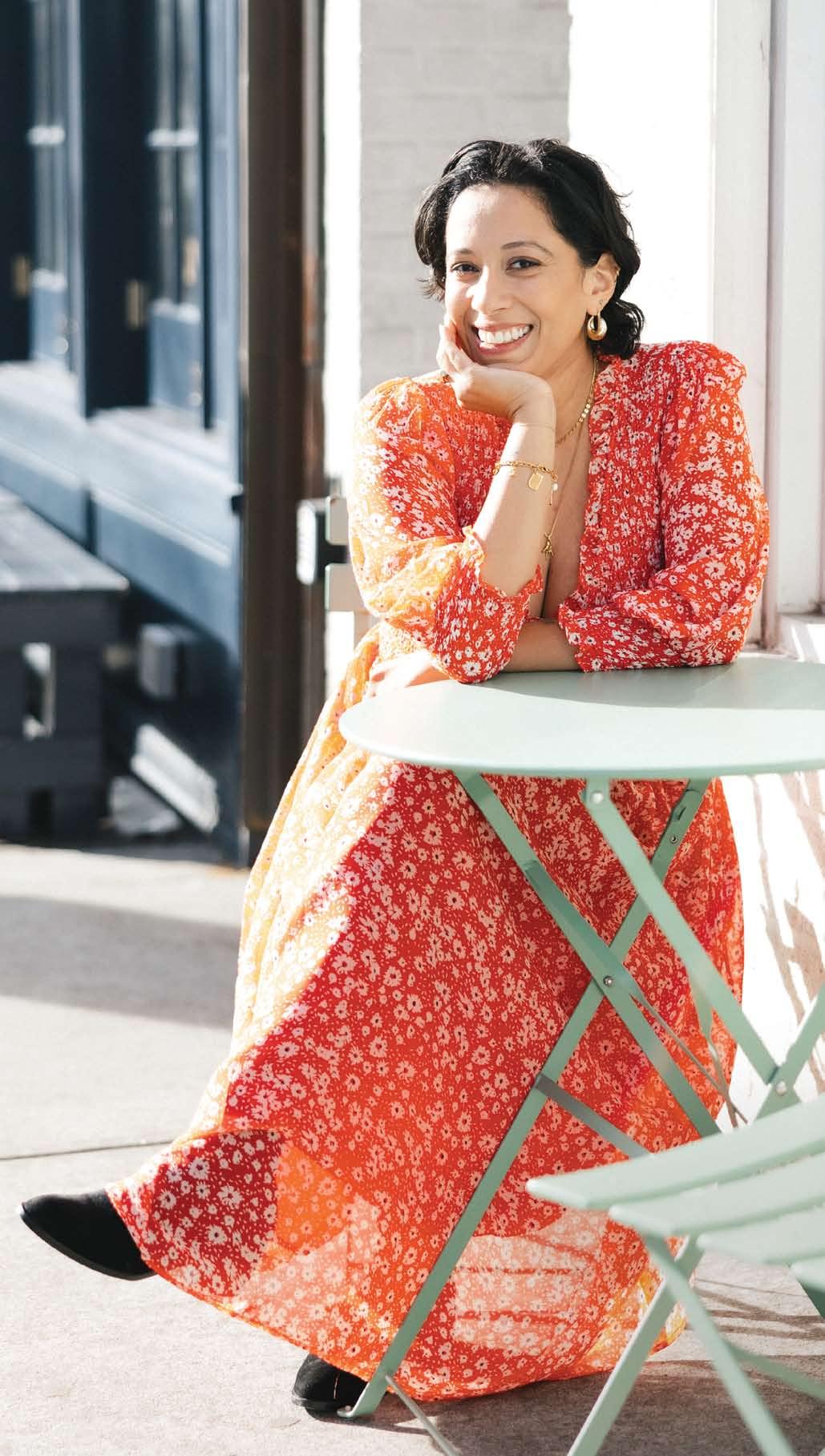
what you see other moms do, even if you’re drowning.
More practical ways I take care of myself include setting boundaries around my alone time. During postpartum, I also had a “shower every day” rule—sometimes
even the baby joined me. The goal was to feel refreshed and nurtured. Eating, drinking water, and staying connected to my community go a long way in supporting my mental health, so I make those things part of my routine.
How did baby-wearing help you through postpartum depression, and what do you wish more moms knew about it?
Oh man, it healed me so much. I had a NICU baby who was only four pounds, so I couldn’t wear him until he met the weight requirement for carriers. It wasn’t until he was two and a half months old that he finally fit into one. He had other health struggles, so I avoided it for a while. At four months, I started wearing him, and something clicked. It was the only time I wasn’t anxious, which encouraged me to leave the house more and have little city adventures with him. Bonding with him in that way allowed me to enjoy motherhood in a way I couldn’t before. I wish more NYC moms would baby-wear. The city is still trying to become more baby-friendly, and baby-wearing makes it so much easier to get around. I teach a free baby-wearing class through a Bronx organization, and I love teaching moms about why they should wear their babies and the history behind it.
What advice would you give to moms who are struggling with their identity while raising their children?
Learn to be grounded in the identity you give yourself, not the one others or society gives you. Some seasons, you’ll feel like “just a mom.” Other seasons, you’ll feel like “yourself again.”
It takes time to embrace the shift. The important thing is not to let what you’re doing define who you are. I really dislike terms like “working mom,” “stay-at-home mom,” or “crunchy mom.” There’s something about these labels that create division, which I think contributes to the struggles and judgment mothers often experience. We’re all moms, just mothering differently and in different seasons. When you compare yourself to other moms or feel like you’re not enough, you’ll struggle with your identity. There’s a lot of beauty in rediscovering who you are now as a parent— embrace it.
What’s a moment in your motherhood journey that makes you feel proud of YOU?
Anytime I do something I told myself I would never do, it gives me a sense of pride as a mom. It’s the small and big moments— whether it’s the first time I left the house alone with all the kids or earning my Master’s with a toddler and a baby.
Read the full version of this article at newyorkfamily.com. Follow Rosdaly Ramirez on Instagram @iamrosdalyramirez.
By sHara LevIne
astoria ramadan iftar
when : Friday, March 7, 5:30 pm
where : Museum of the Moving Image, 36-01 35th Ave., Astoria, NY
aGeS: All
what: Embrace the spirit and values of Ramadan with an evening of community, Quran recitations, poetry, a delicious halal meal to break the fast, and more.
want to Go?: Free. (718) 777–6800, movingimage.org
tapped traditions: maple Syrup and native american heritage
when : Saturday, March 8, 11 am – 12:15 pm
where : Queens County Farm Museum, 75-50 Little Neck Parkway, Glen Oaks
aGeS: All
what: Discover the science and art behind tapping trees through hands-on demonstrations, storytelling, and tastings.
want to Go?: $10. (718) 347–3276, queensfarm.org
BiG feelinGS
when : March 8-23, Saturdays and Sundays, 4 – 5 pm
where : Culture Lab LIC, 5-25 46th Ave., Long Island City
aGeS: 5 – 10
what: This unique production features puppetry, live music, and a message that empowers children with tools to spark meaningful dialogues about well-being, mental health, and emotions.
want to Go?: $15-$20. culturelablic.org
Bug Buddies!
when : Sunday, March 9, 11 am – 12:15 pm.
where : Queens County Farm Museum, 75-50 Little Neck
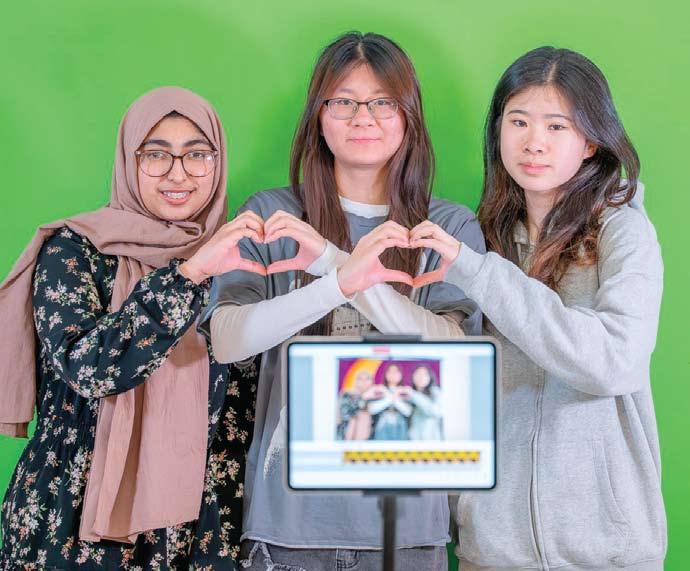
celebrate a ramadan iftar at the Museum of the Moving image on March 7.
Parkway, Glen Oaks
aGeS: All
what: Learn about silkworms and the process of metamorphosis through handson activities.
want to Go?: $12. (718) 347–3276, nycgovparks.org
flushing town hall
Presents Go home tiny monster
when : Saturday, March 15, 1 – 2 pm
where : Flushing Town Hall, 137-35 Northern Blvd., Flushing
aGeS: All
what: Told entirely without words, this show features The Gottabees’ signature mix of puppetry, live music, physical theater, and joyously absurd silliness.
want to Go?: $15; $12 members; $8 child. (718) 463–7700, flushingtownhall.org
hands-on history: Join or dice
when : Saturday, March 15, 1 – 4 pm
where : King Manor Museum, 150-03 Jamaica Ave., Jamaica
aGeS: All
what: When the British passed the Stamp Act on March 22, 1765 the colonists taxed cards and dice! Commemorate the anniversary by making folded paper dice and playing games.
want to Go?: Free. (718) 206–0545, kingmanor.org
animal tales: Green eggs and ham
when : Sunday, March 16, 11:45 am – 1 pm
where : Alley Pond Environmental Center, 229-10 Northern Blvd., Douglaston
aGeS: 3 – 5
what: Celebrate Dr. Seuss’ birthday with a read aloud of one of his classic tales, meet some live animals, and try Green egg-inspired pretzel snacks!
want to Go?: $28. (718) 229–4000, alleypond.org
40 Shades of Green: new york’s St. Patrick’s day
when : Monday, March 17, 3 – 9 pm
where : New York Irish Center, 1040 Jackson Ave., Long Island City
aGeS: All
what: Enjoy six continuous hours of festive music and dance at the official hub of St. Patrick’s Day cultural activities. want to Go?: $35. newyorkirishcenter.org
disco Glow kids Party
when : March 22-23, Saturday and Sunday, 12 – 2:30 pm.
where : Let’s Glow Together, 3834 31st St., Long Island City aGeS: 3 – 8
what: This electrifying, glowtastic adventure will have kids and parents dancing, laughing, and celebrating in a glow in the dark paradise with face painting, magic, photo sessions, and more. want to Go?: $50 per child and adult. glowkidspartyny.com
Bayside St. Patrick’s day Parade
when: Saturday, March 29, 1 pm where : Bayside St. Patrick’s Day Parade, Bell Blvd., Bayside aGeS: All
what: Be there when Irish culture and heritage is celebrated throughout all of Bayside and Northeast Queens. want to Go?: Free.
Girls in Science and engineering day when : March 8, 11 am – 3 pm where : Intrepid Sea, Air & Space Museum, W 46th St and 12th Ave., Hell’s Kitchen aGeS: All
what: This annual festival celebrates girls and young people actively engaging in STEM with NASA-generated educational
activities, special programming, hands on exhibits, and more.
want to Go?: Free. (212) 245–0072, intrepidmuseum.org
Song of the north
when : March 15-23, see website for schedule
where : The New Victory Theater, 209 W 42nd St., Midtown
aGeS: 8 and older
what: Pulled from the pages of the Shahnameh—the Persian Book of Kings—Song of the North trumpets unity, compassion and the beauty of Iranian culture with 483 handmade puppets.
want to Go?: Tickets start at $24. (646) 223–3010, newvictory.org
Goodnight moon/ the runaway Bunny
when : Saturday, March 22, 11 am
where : BMCC Tribeca Performing Arts Center, 199 Chambers St., Tribeca
aGeS: 3 – 8
what: See your favorite picture books come to life when Goodnight Moon and The Runaway head to the stage with innovative puppetry, striking scenic effects, and original music.
want to Go?: $40. tribecapac.org
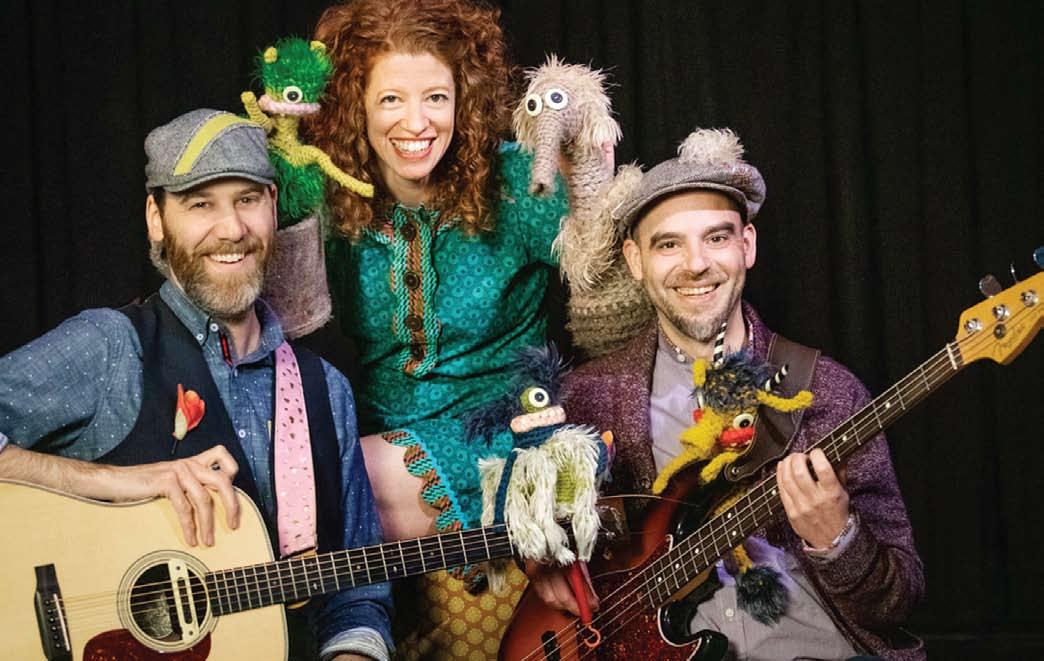
family art Project: Garden designs for women’s history month
when : March 15-16, Saturday and Sunday, 10 am – 1 pm.
where : Wave Hill, 675 W 252nd St., Riverdale
aGeS: All
what: Learn about the
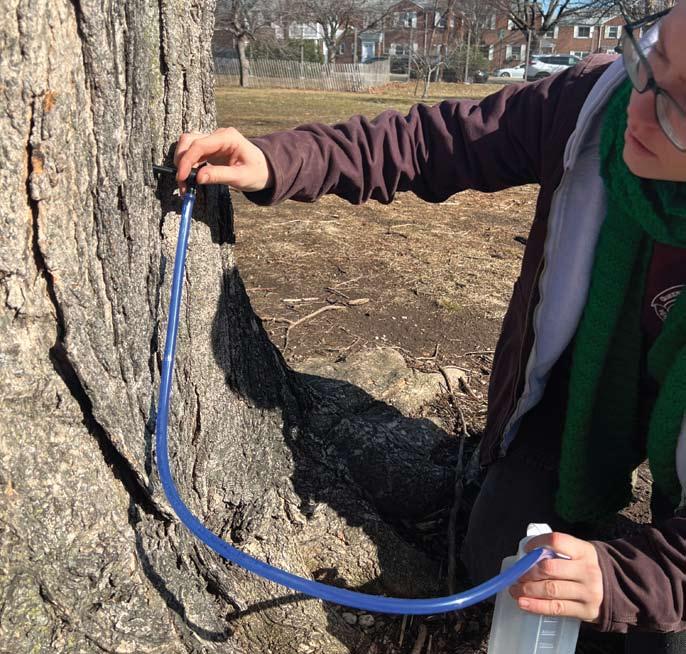
women who have designed and cared for the gardens and make your own miniature creations inspired by places like community gardens and Wave Hill.
want to Go?: Included with admission: $4-$10. (718) 549–3200, wavehill.org
family day march 2025: free art- making for all ages
when : Saturday, March 15, 1 – 4 pm
where : The Bronx Museum, 1040 Grand Concourse, Morrisania
aGeS: All
what: Spend an afternoon enjoying free art activities inspired by the current exhibition, FUTURA 2000: BREAKING OUT!
want to Go?: Free. (718) 681–6000, bronxmuseum.org
kids kaleidoscope workshop
when : Saturday, March 22, 10 – 11:30 am where : Bartow-Pell Mansion Museum, 895 Shore Road, Pelham Bay Park
aGeS: 7 – 12
what: Create amazing changing color patterns through the use of kaleidoscopes and make one of your own to take home.
want to Go?: $10. (718) 885–1461, bartowpellmansionmuseum Brook Lyn the eric carle Story Show when : Saturday, March 15, 1 – 2 pm where : Brooklyn Public Library — Central Library, 10 Grand Army Plaza, Prospect Heights
aGeS: All
what: Experience the spellbinding stories and colorful characters of author Eric Carle in a whole new way when three new stories hit the stage for the first time. want to Go?: Free. bklynlibrary.org
Brooklyn Seltzerfest when : Sunday, March 16, 11 am – 5 pm
where : Industry City, 220 36th St., Sunset Park
aGeS: All
what: Celebrate all things seltzer with engaging handson activities, interactive experiences, celebrity presenters, and thrilling competitions.
want to Go?: $75 VIP; $36; free for ages 17 and younger. (718) 865–3740, brooklynseltzermuseum.org
Learn about this free summer program for NYC students
By Danielle Ramos
As the school year winds down, many NYC parents are already planning ahead for summer. One great option you may not have heard about is the free Summer Rising program. The program, a collaboration between New York City Public Schools (NYCPS) and the Department of Youth and Community Development (DYCD), is set to open its 2025 enrollment on March 4.
This program offers free summer enrichment for NYC students, including academic support and recreational activities. It’s designed to help students stay engaged and continue learning during the summer months.
It provides free educational opportunities that are accessible to all students, regardless of their academic standing or background, and is fine-tuned to support each child’s individual needs. It helps kids who need extra academic help, have special education needs or who would benefit from a fun and safe place to spend summer days.
What’s New in 2025?
Based on feedback from families, the 2025 Summer Rising program will include even more enrichment activities during the morning academic sessions. The hope is that students will have a more well-rounded day that not only supports their learning but also encourages creativity and curiosity in a fun and engaging way.
“Summer Rising is about creating an environment where students feel inspired, engaged, and supported,” Chancellor Melissa AvilesRamos of NYC Public Schools stated. “The program, emerging from the needs of students after the pandemic, is constantly evolving based on the feedback of our school communities. She continued, “That’s why this year, we’re enhancing the program by weaving in more enrichment activities during the academic day. We know that the learning experience extends beyond the classroom, and we’re committed to providing our students with a fun and educational summer that fosters curiosity, creativity, and a love of learning.”
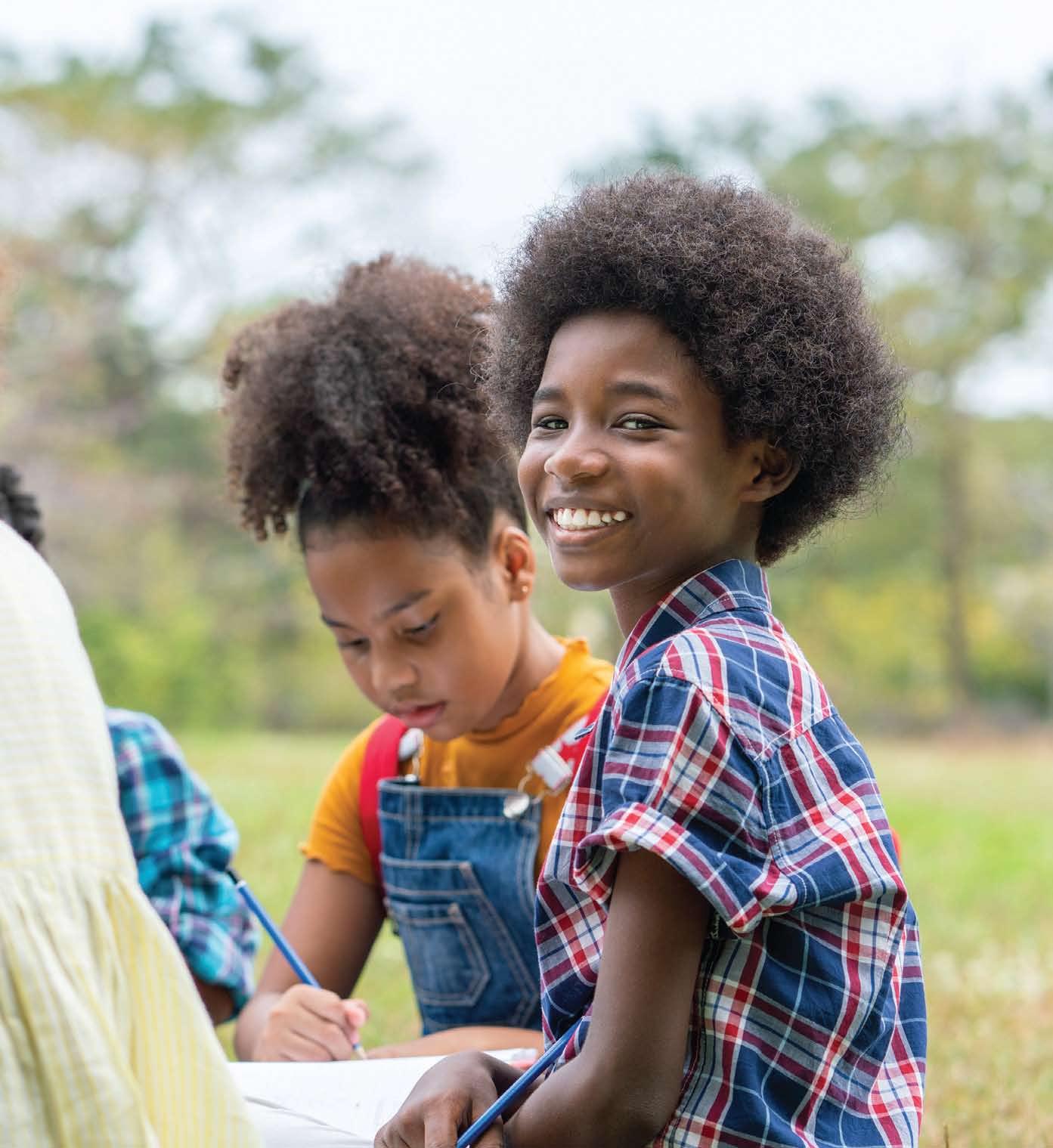
Any student attending school in New York City who is currently enrolled in Kindergarten through 8th grade for the 2024-2025 school year is eligible to apply and participate in the Summer Rising program if chosen. This includes students attending public schools, charter schools, and even those who are homeschooled. The program is designed to be accessible to all students within this age range, providing them with valuable summer enrichment opportunities to continue learning, grow, and have fun.
The program will be offered in all five boroughs at NYC public schools and will run from July 2 to August 15, 2025. For elementary school students (grades K-5), the program will run for seven weeks, while middle school students (grades 6-8) will participate for six weeks. The schedule will be Monday through Friday, from 8 am to 6 pm, with some programs having shorter days.
Each day at Summer Rising, students will experience a mix of academic support and enrichment activities. In the mornings, licensed teachers will lead academic sessions focused on English language arts and mathematics. For younger students (grades K-5), communitybased organizations (CBOs) will weave in enrichment activities, such as arts, sports, and outdoor play, alongside academics.
In the afternoon, students will continue with enrichment sessions led by CBO staff, giving them the opportunity to explore new interests, stay active, and enjoy a variety of creative activities.
Also, multilingual learners (MLs) and English language learners (ELLs) will get extra academic support to help with language and literacy skills. This support is designed to meet their specific needs and ensure they’re getting the help they need to succeed. Whether through small-group or one-on-one instruction, students will receive personalized, culturally responsive learning experiences that focus on their strengths and growth.
Parents can have peace in knowing that their children will be in a safe, supportive environment, with staff trained to meet their social, emotional, and academic needs. With free breakfast, lunch, and snacks provided, it’s a convenient option for families throughout the city.
Summer Rising 2025 will open for applications on March 4, and close on March 28. Parents can apply through the MySchools platform, and results will be released in April. Families will be given a deadline to either accept or decline their placement once offers are made.
For more details on how to apply, visit nyc.gov/SummerRising.

